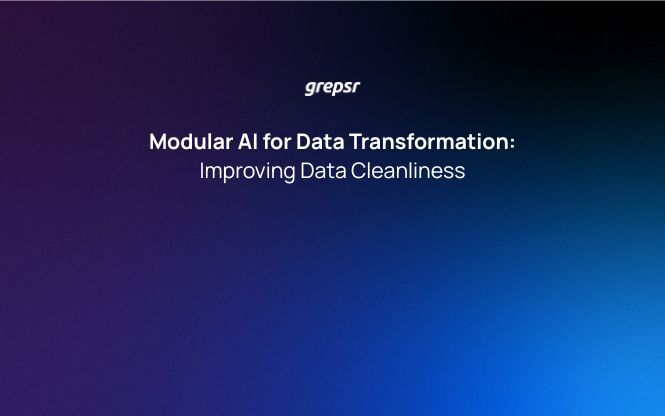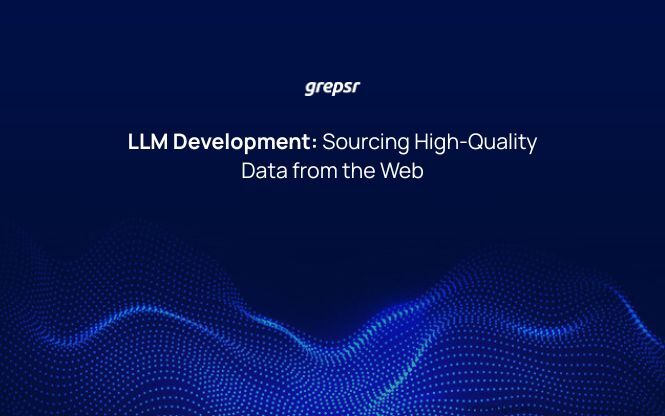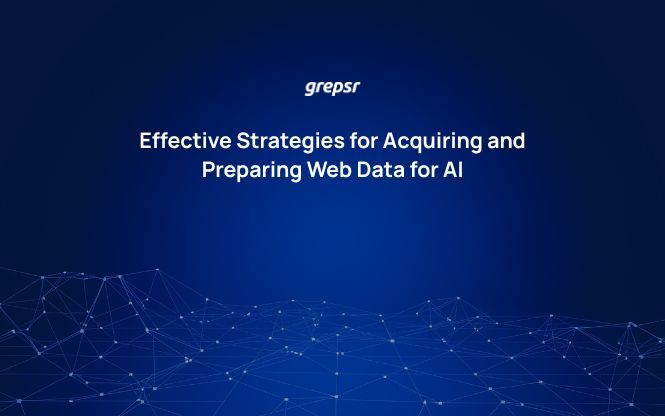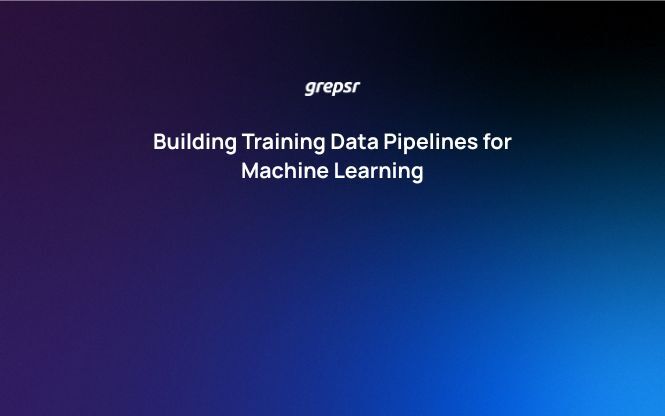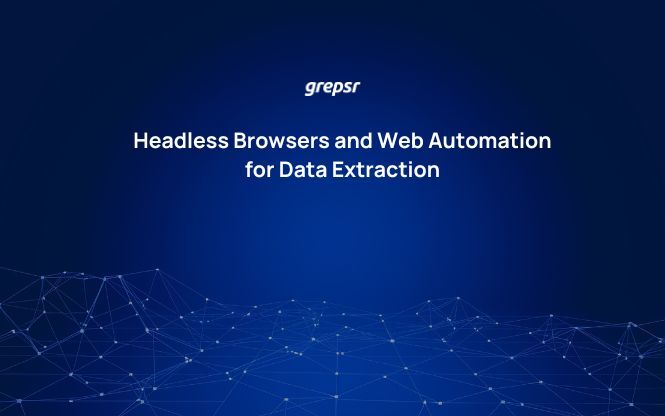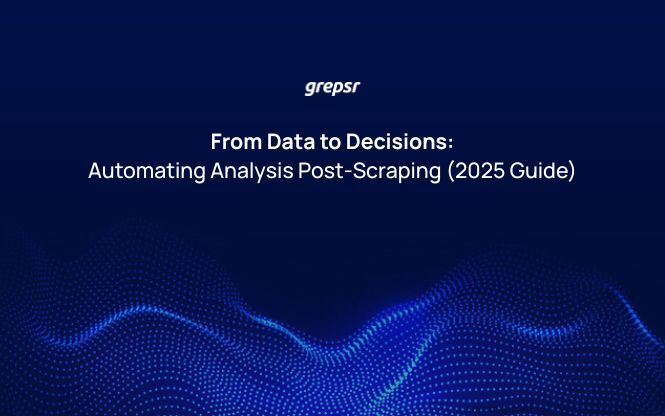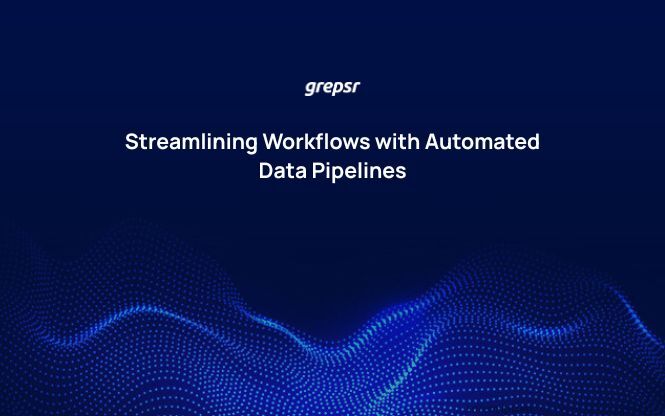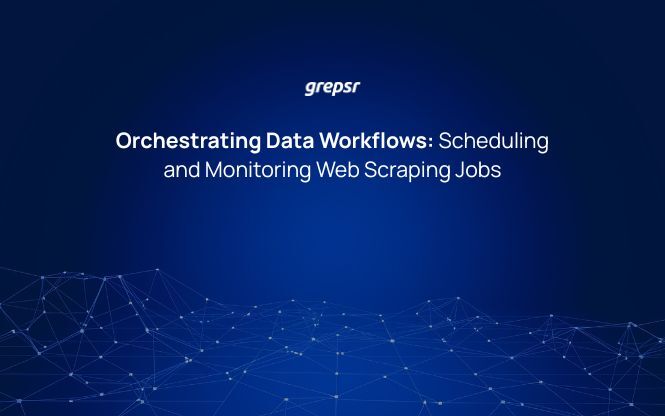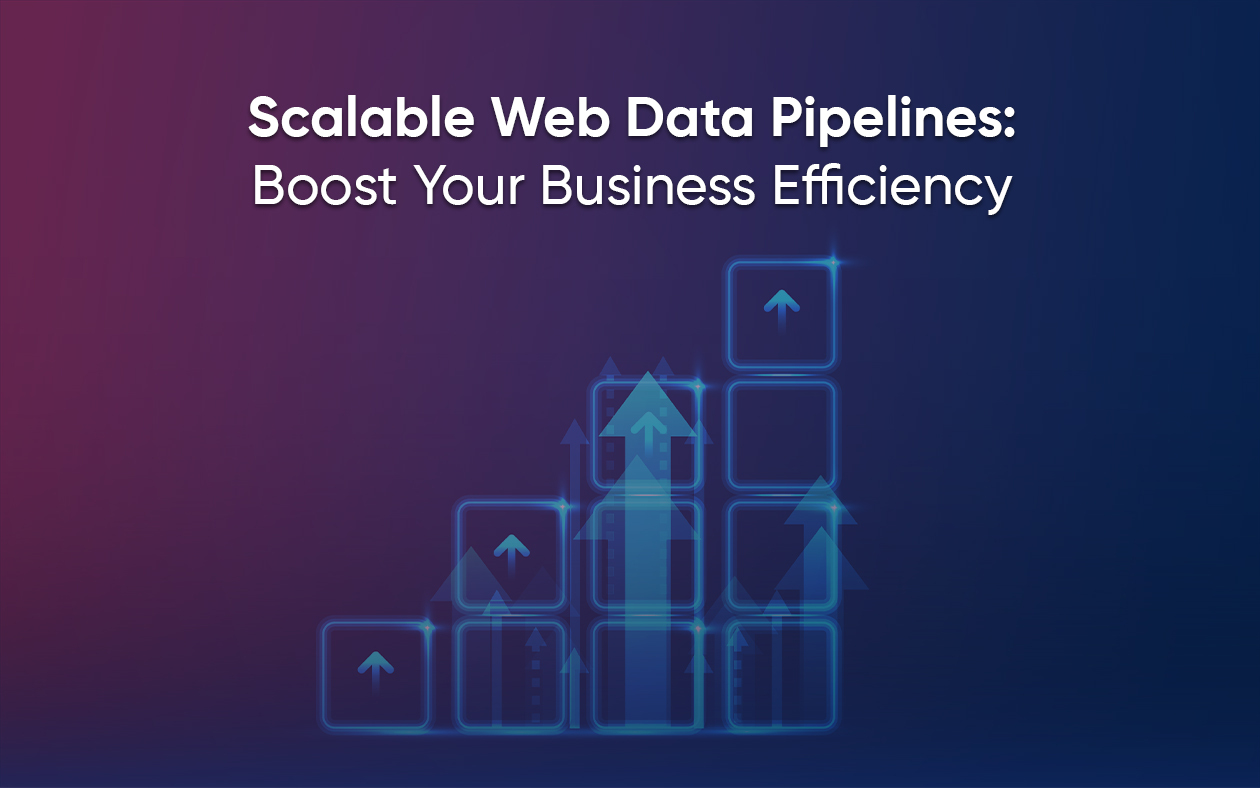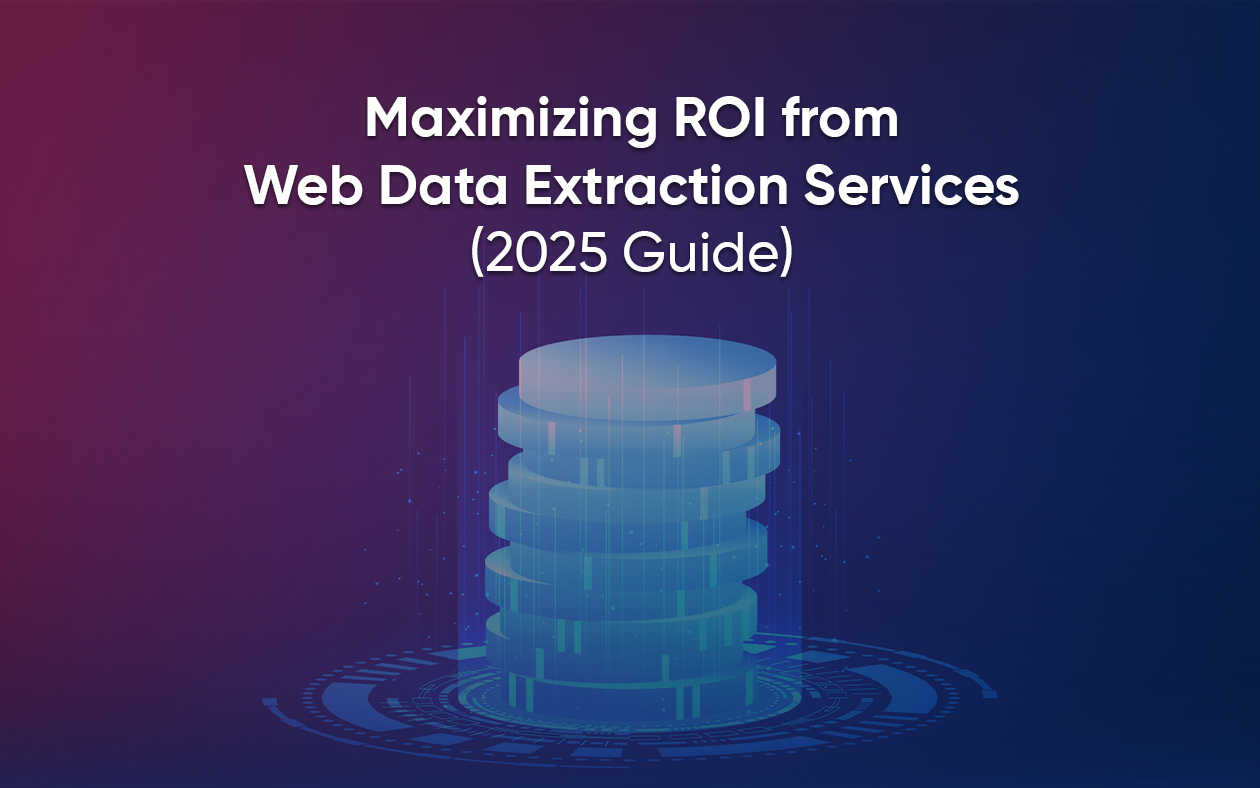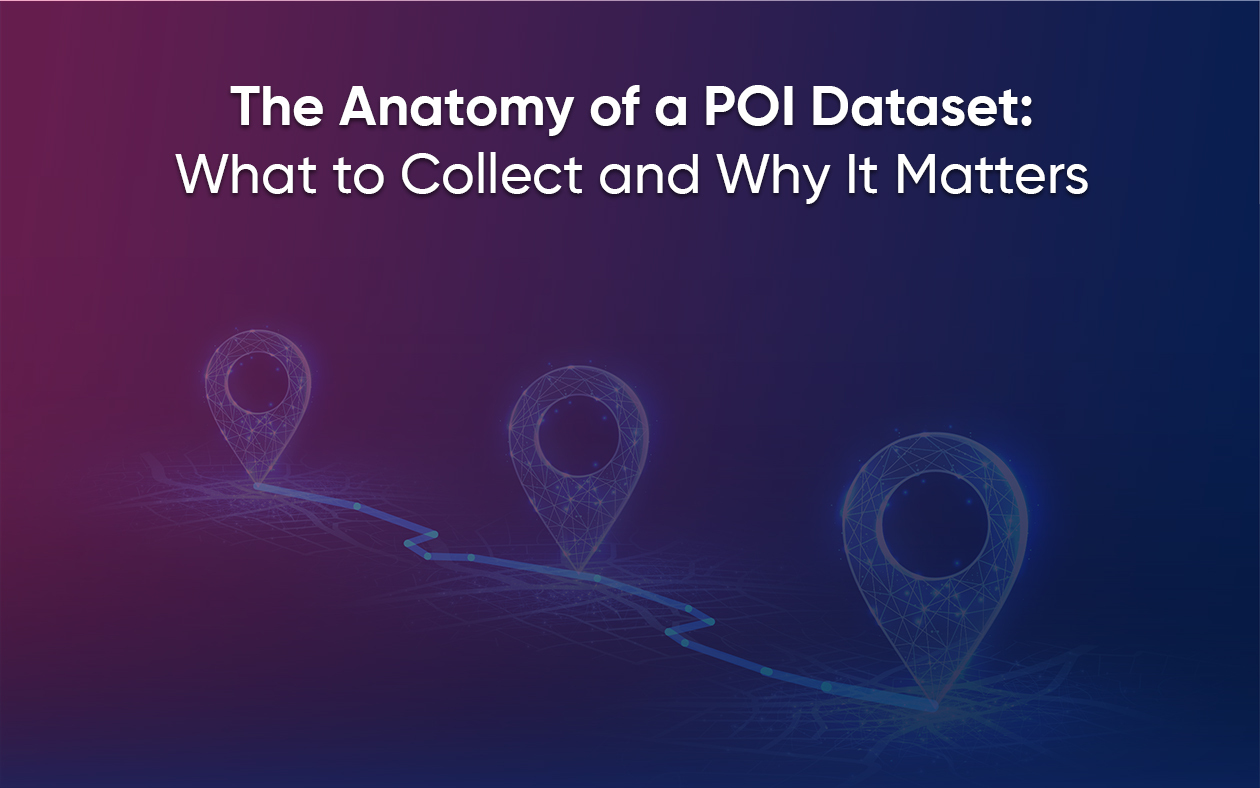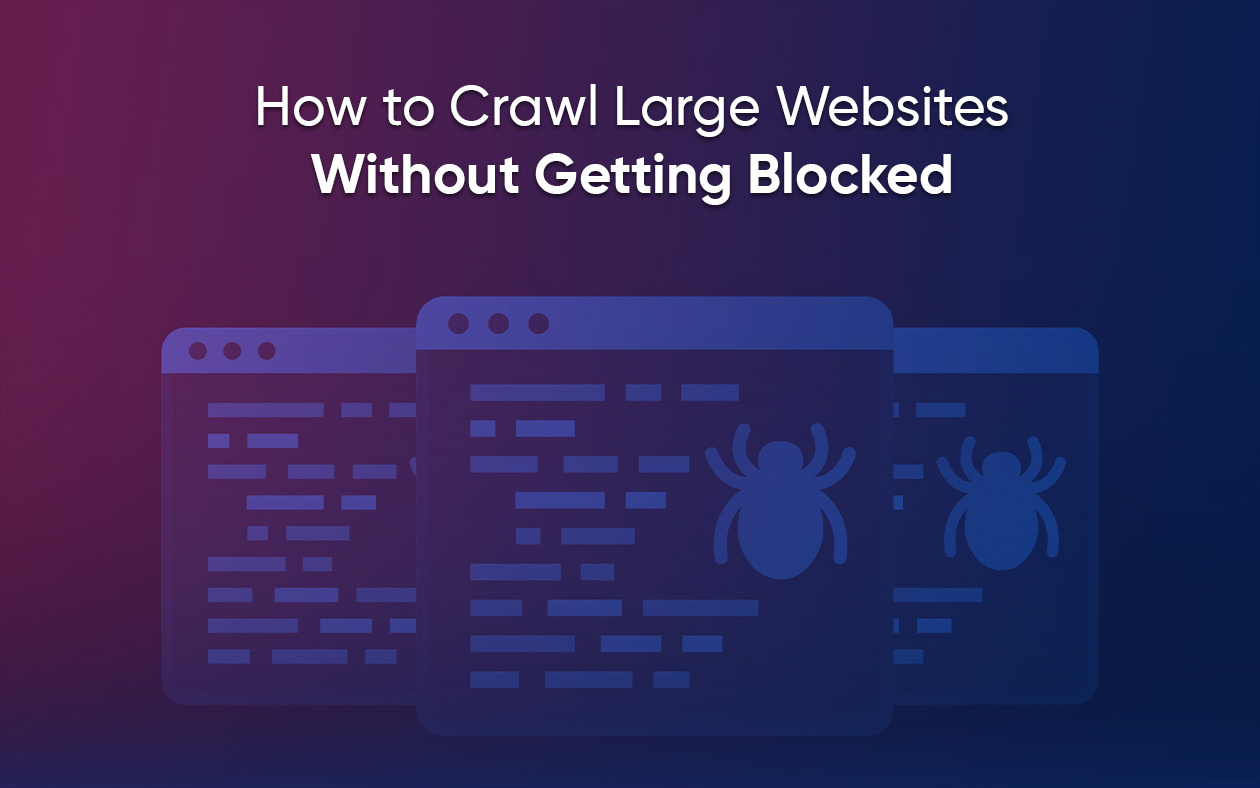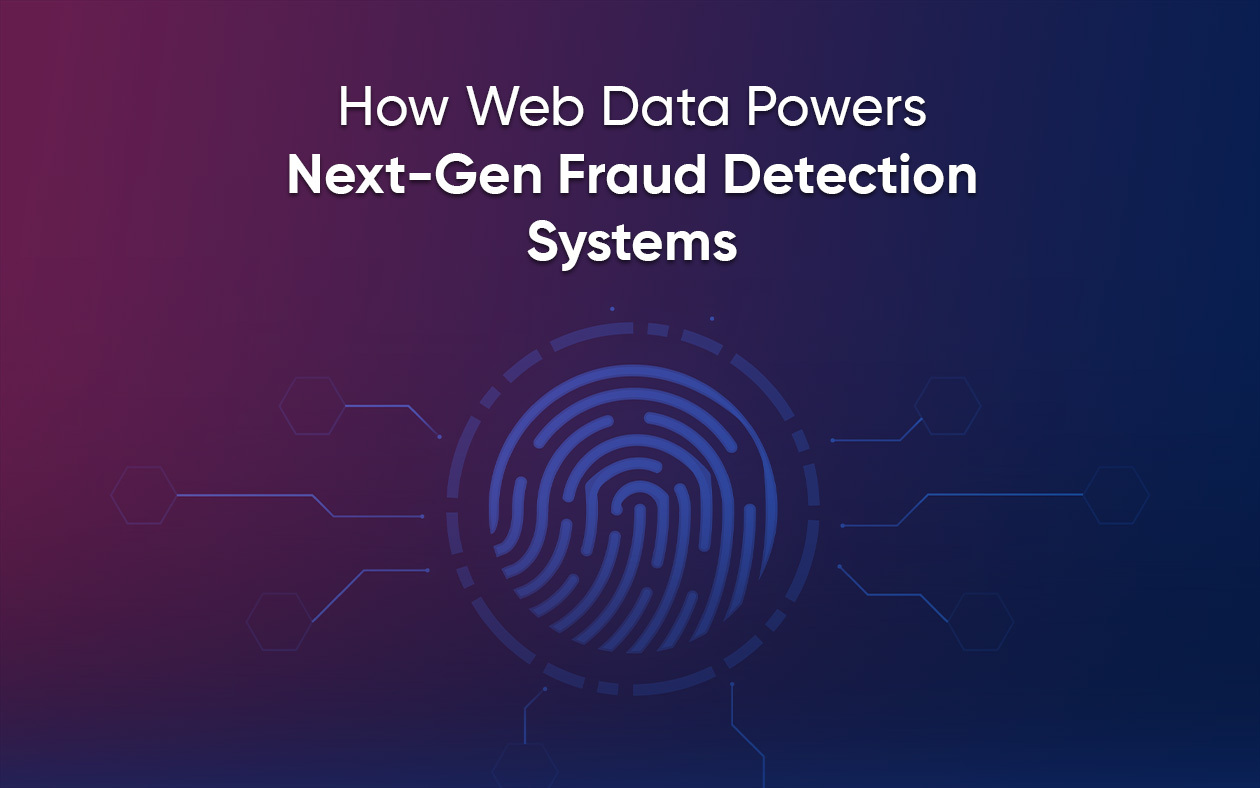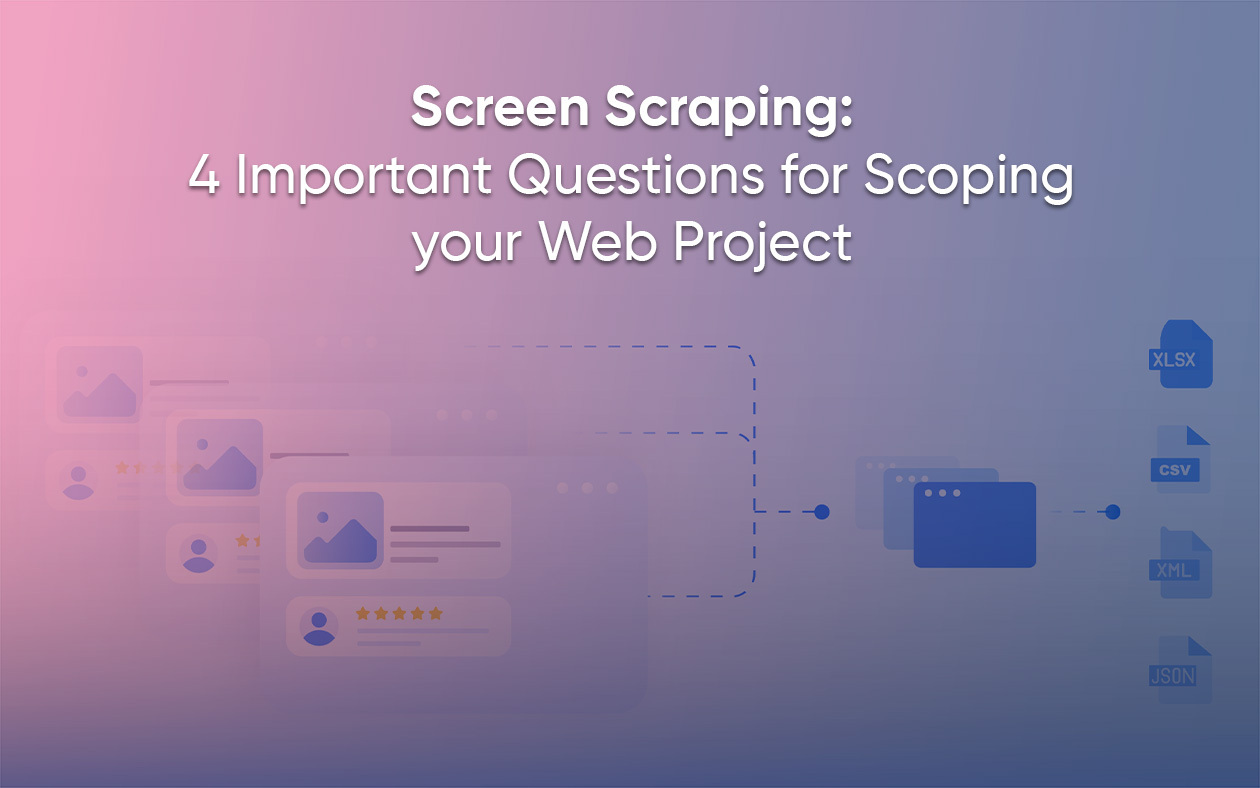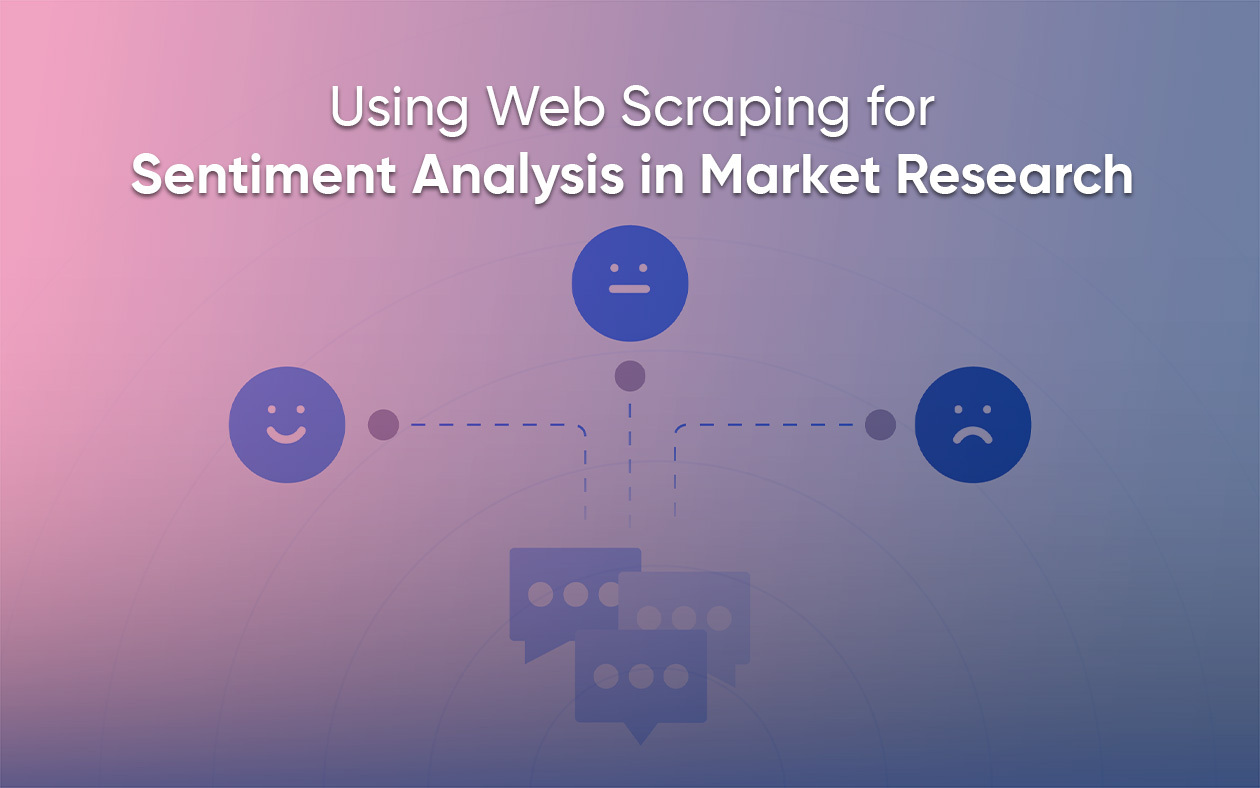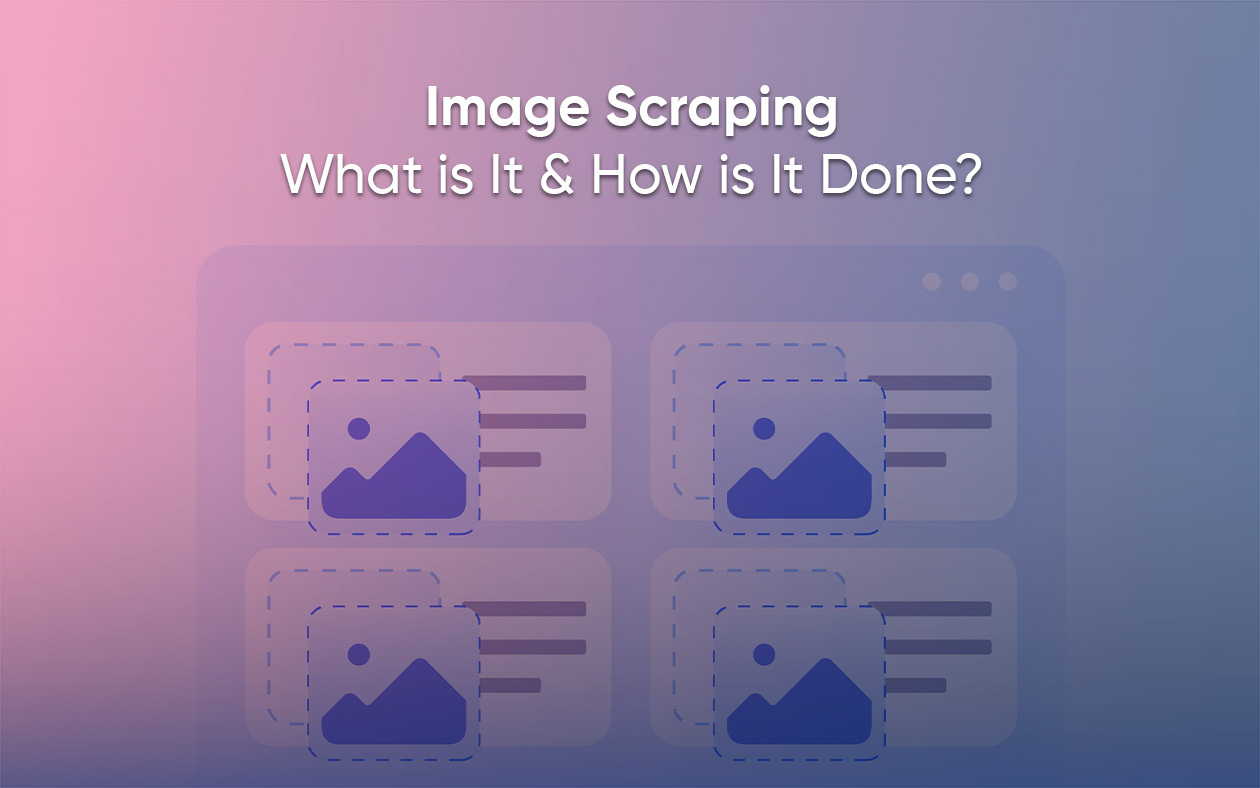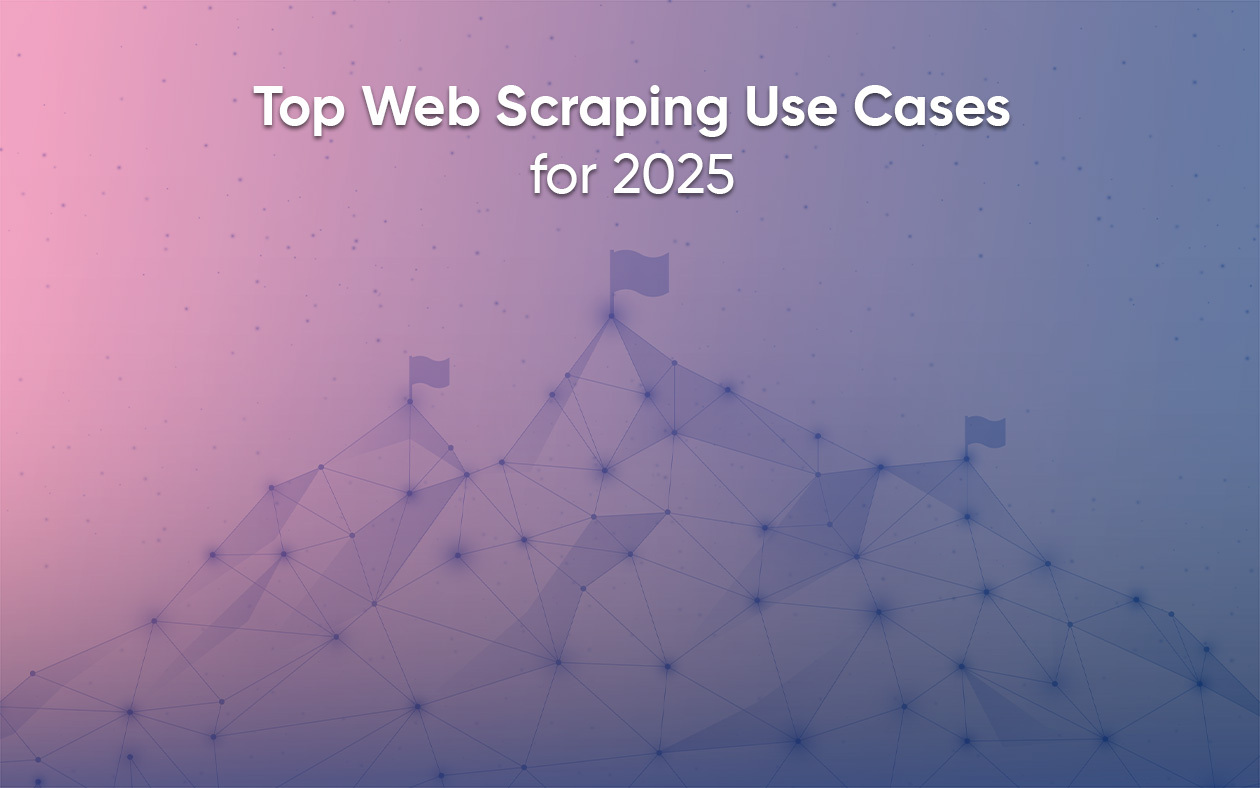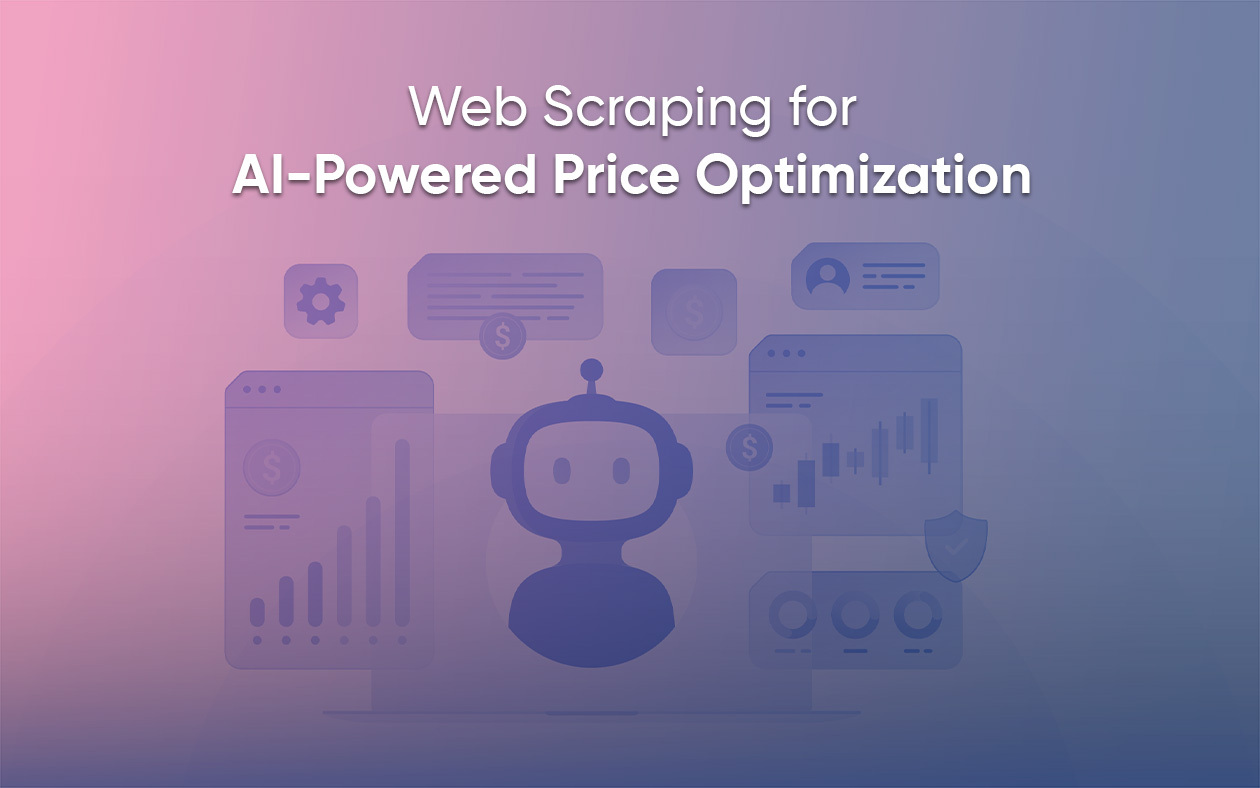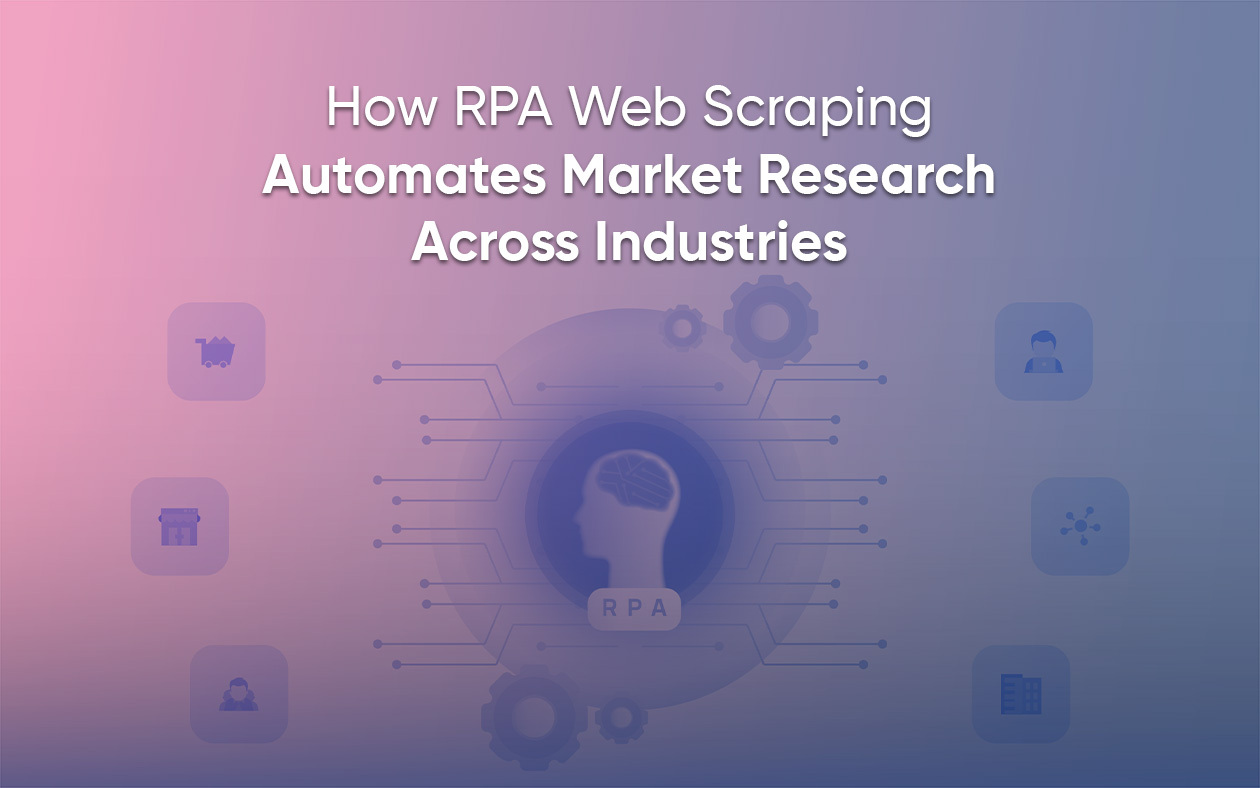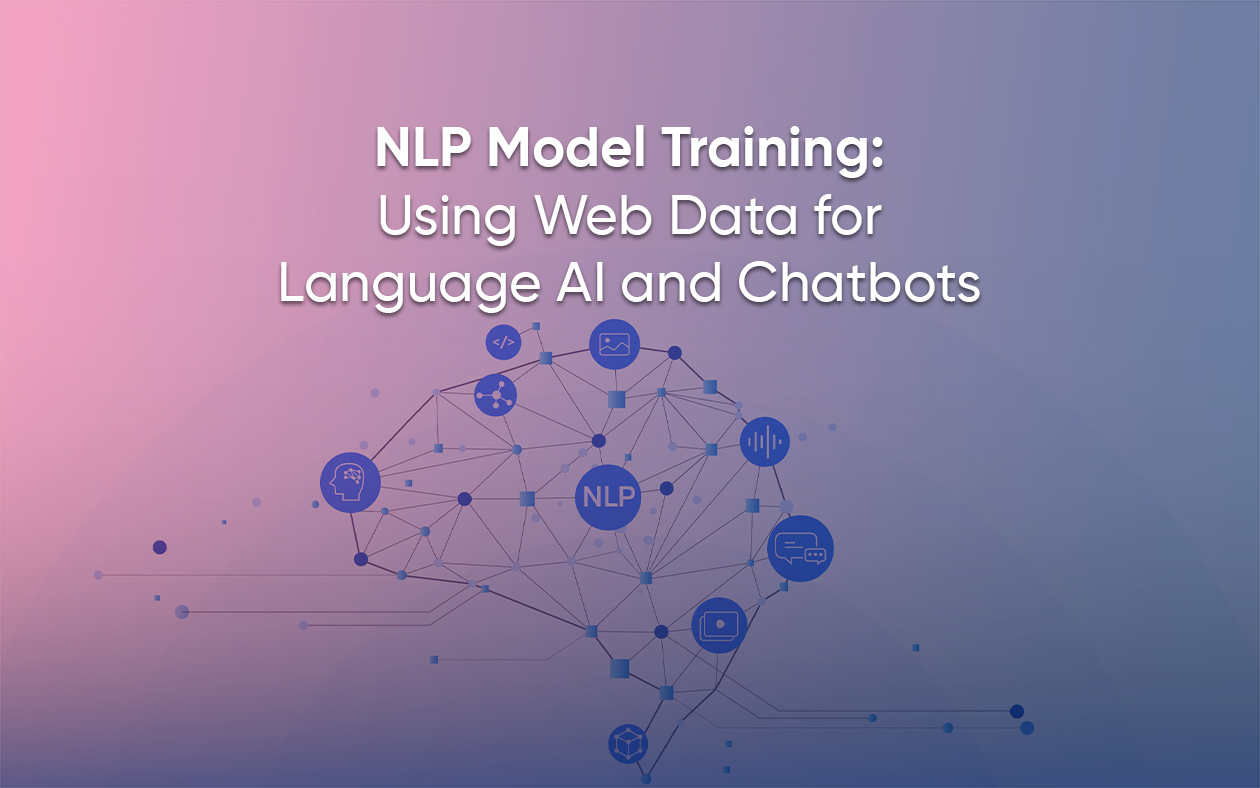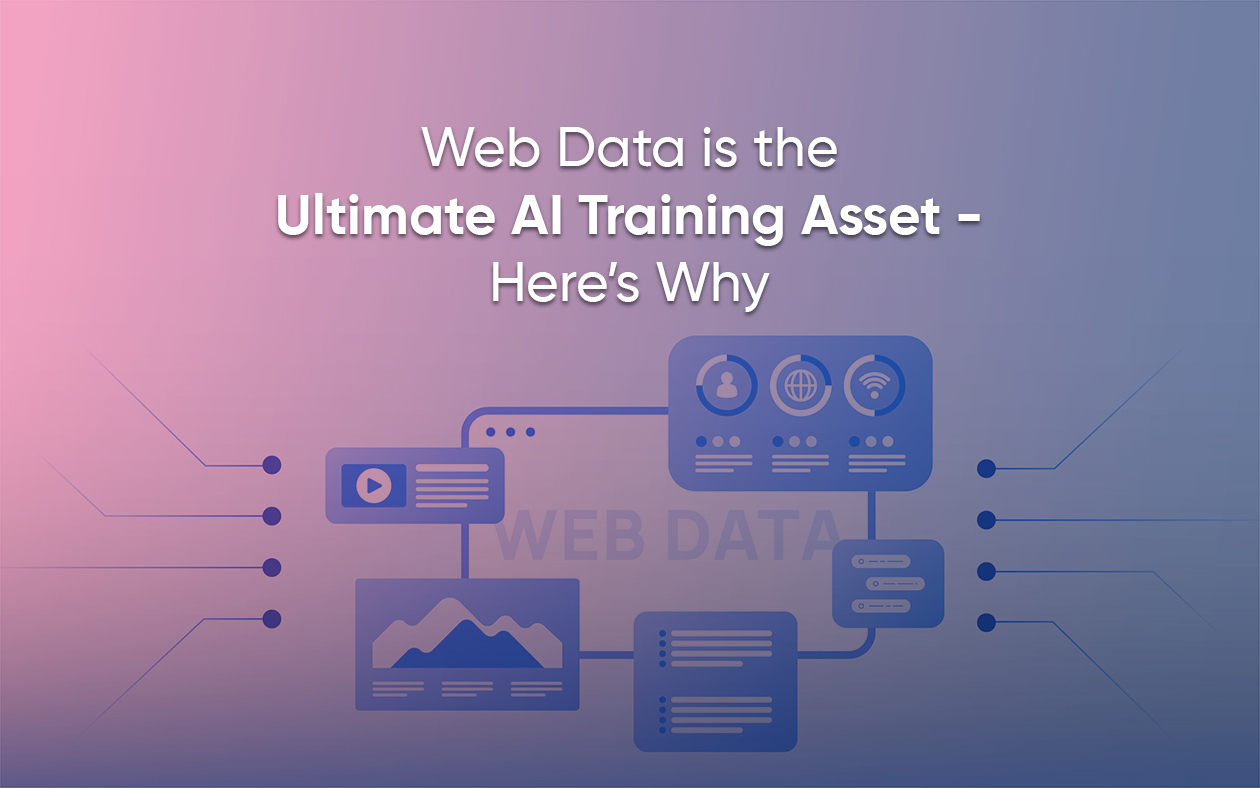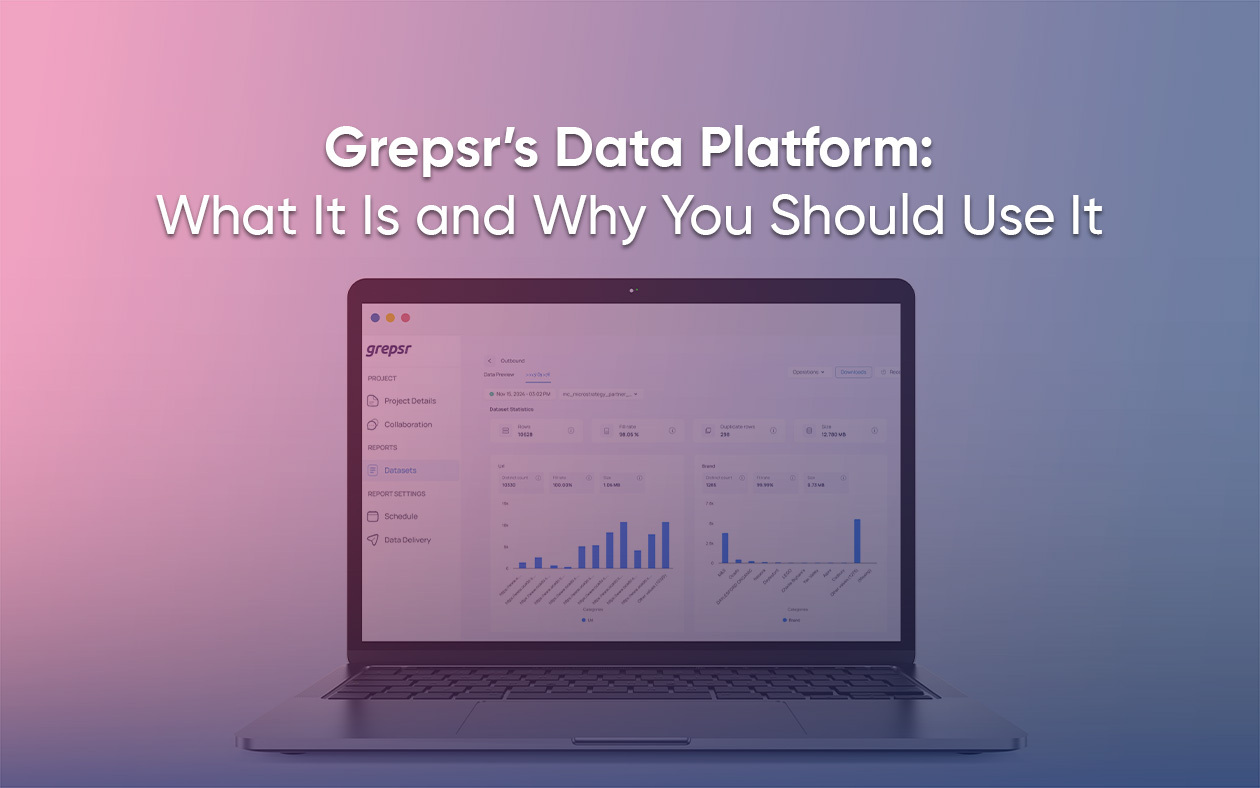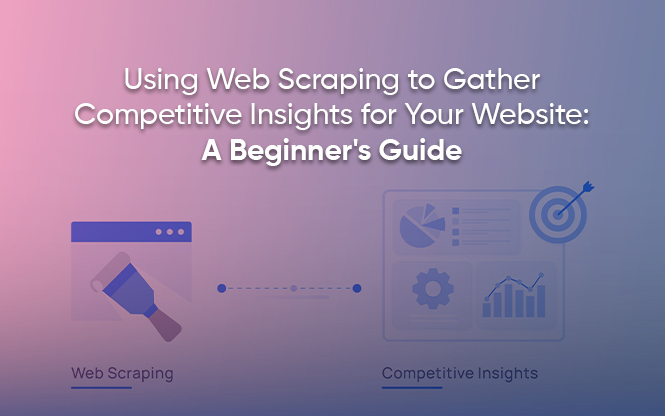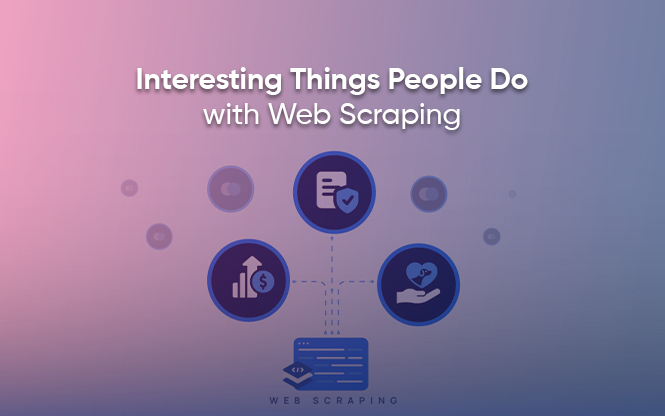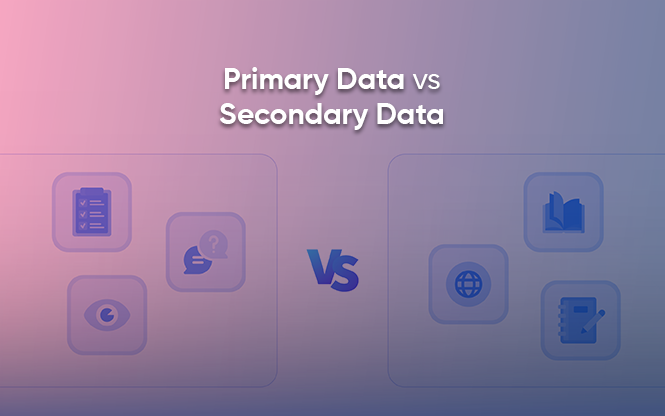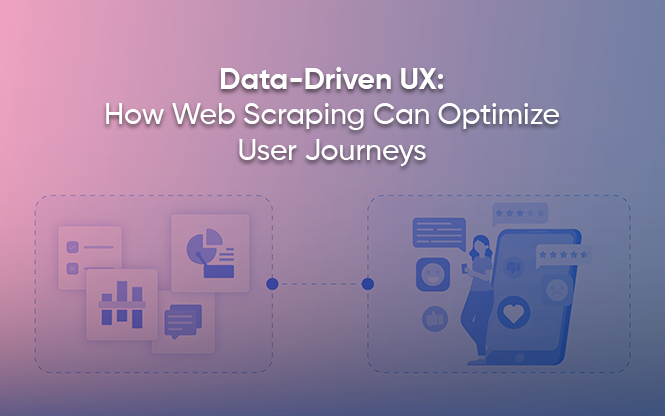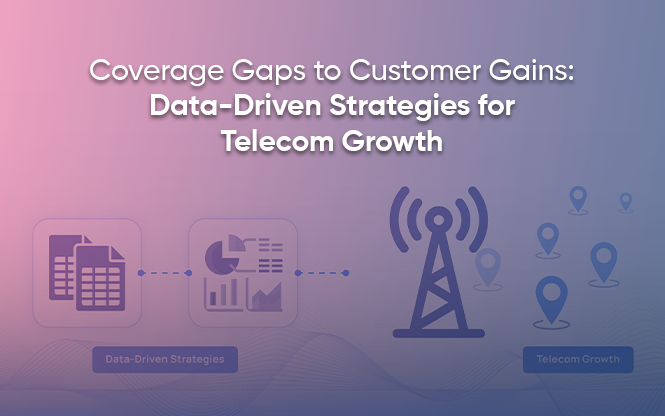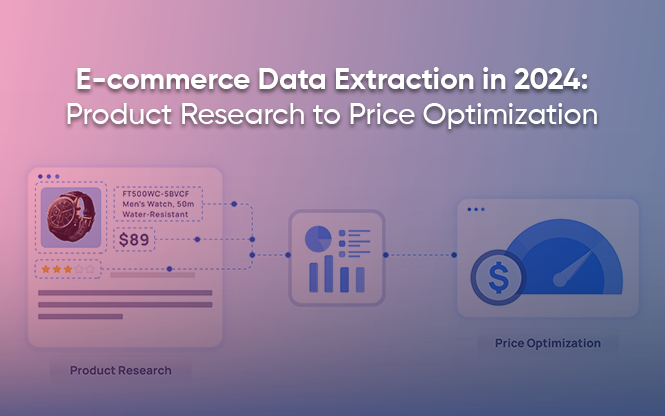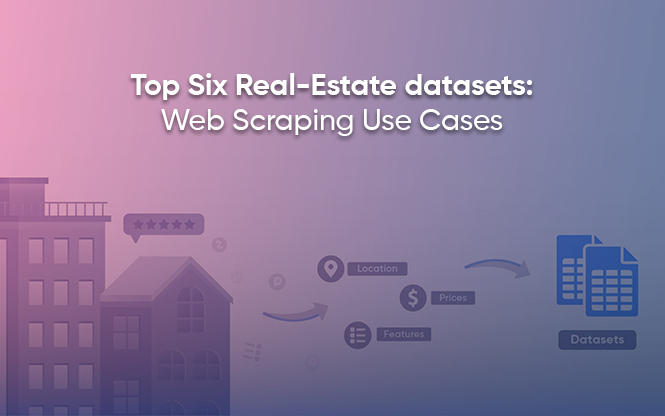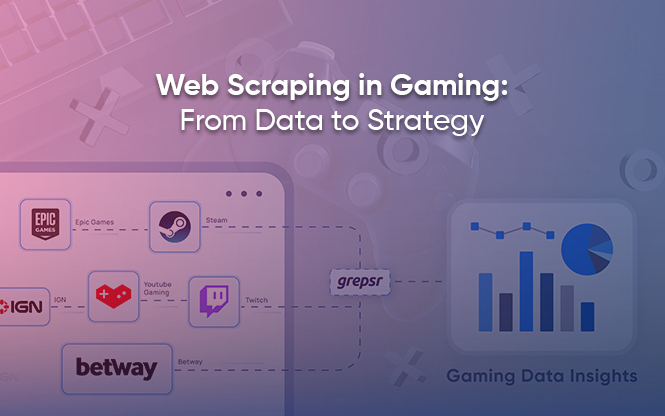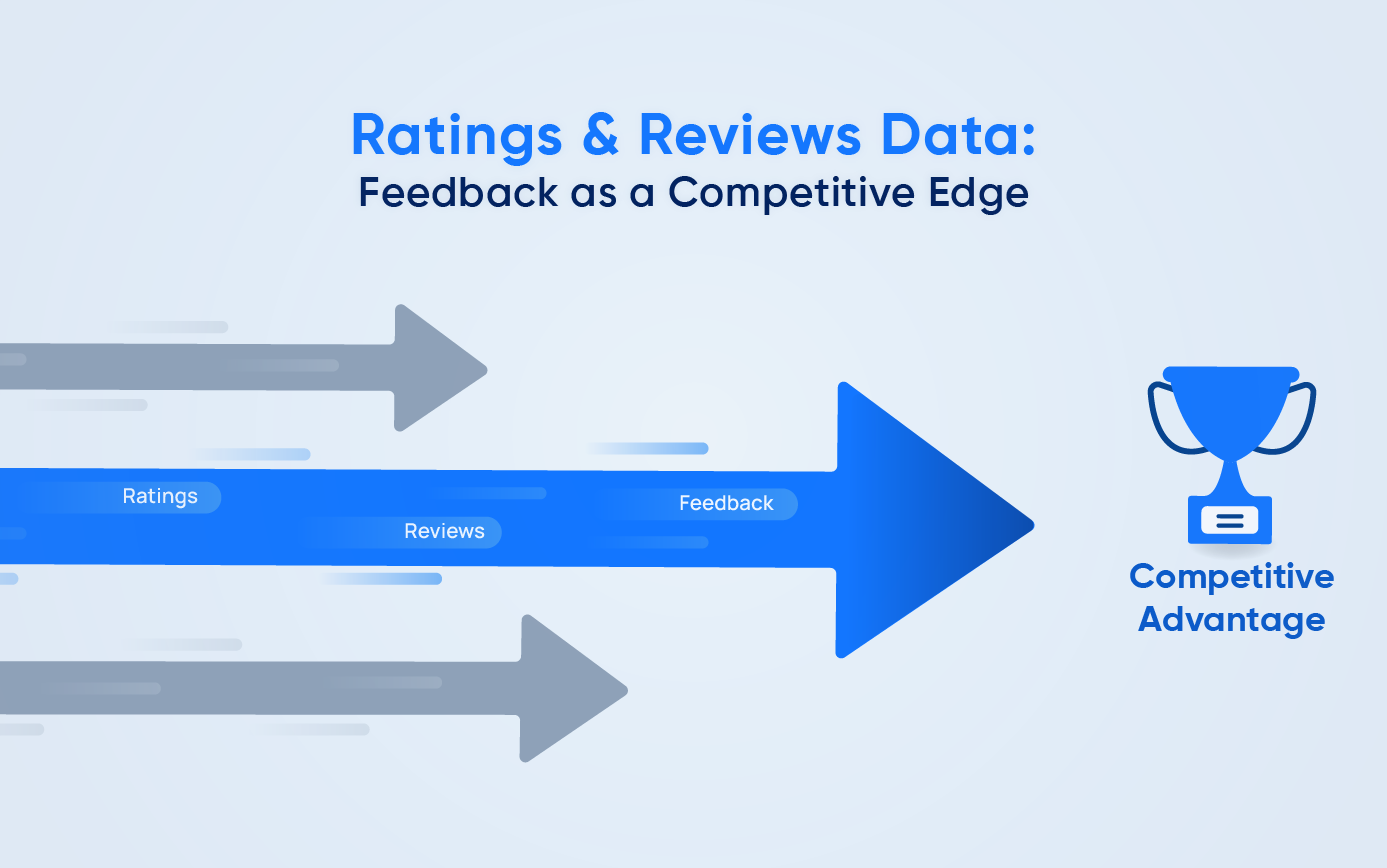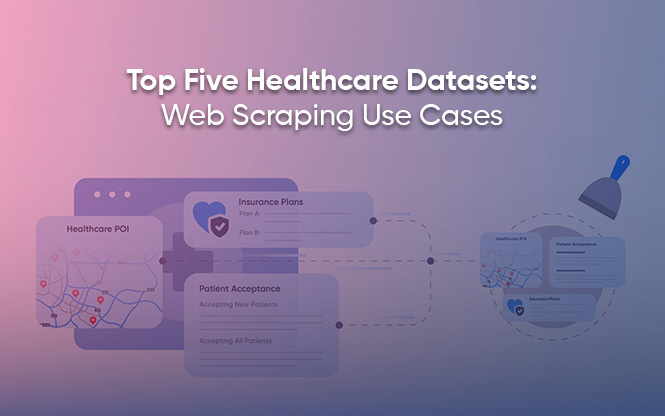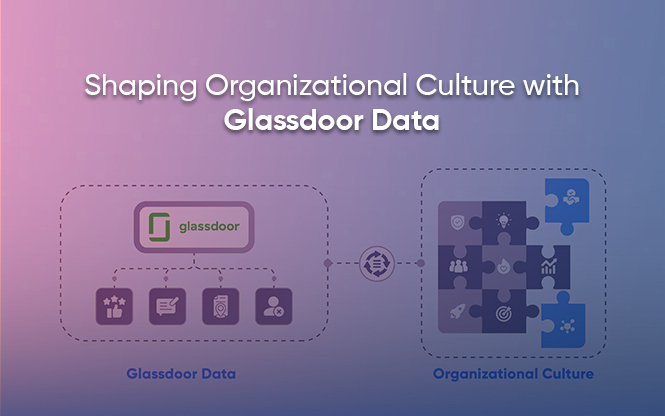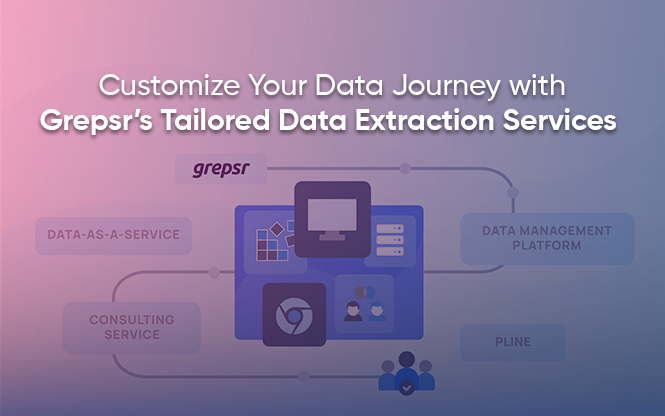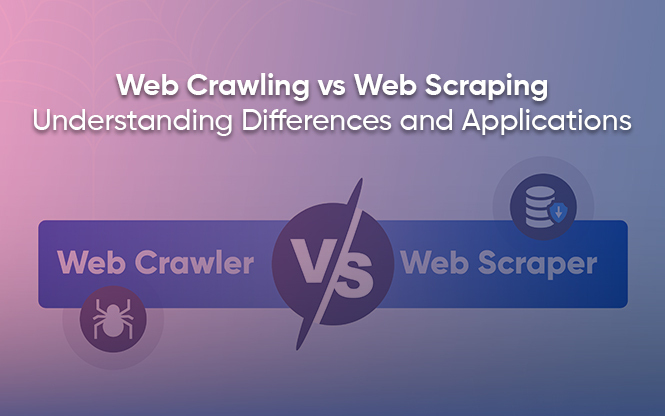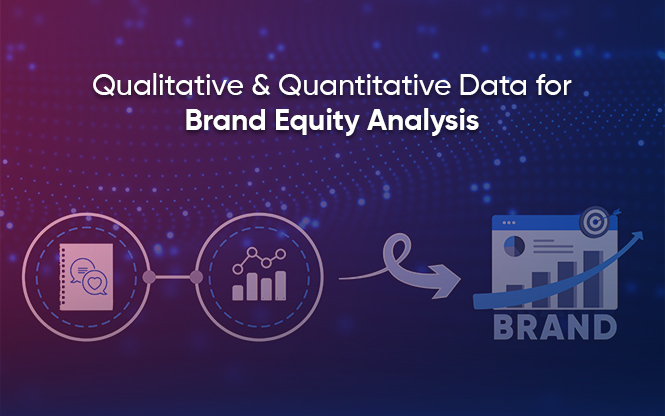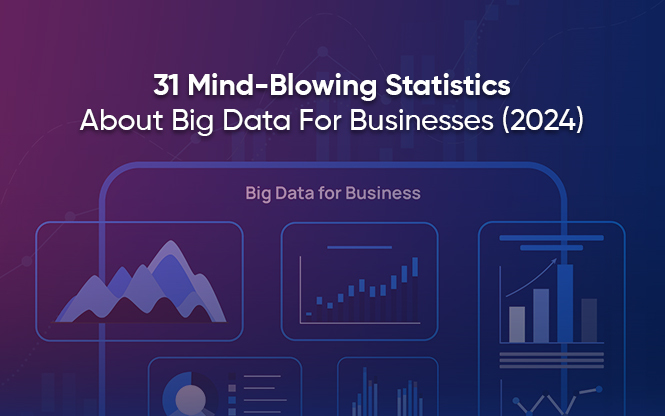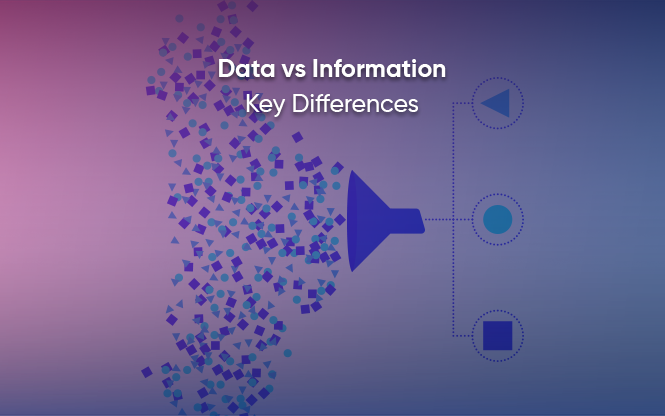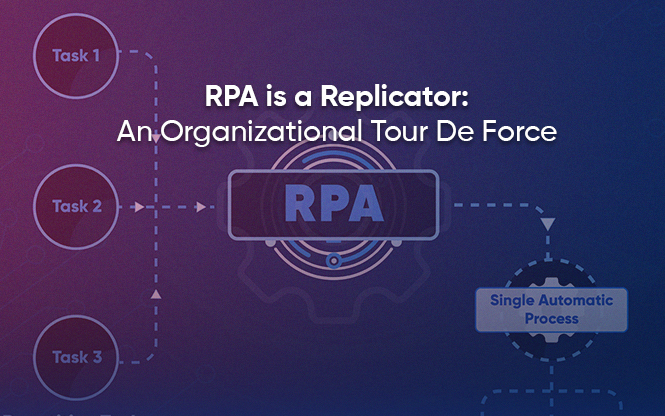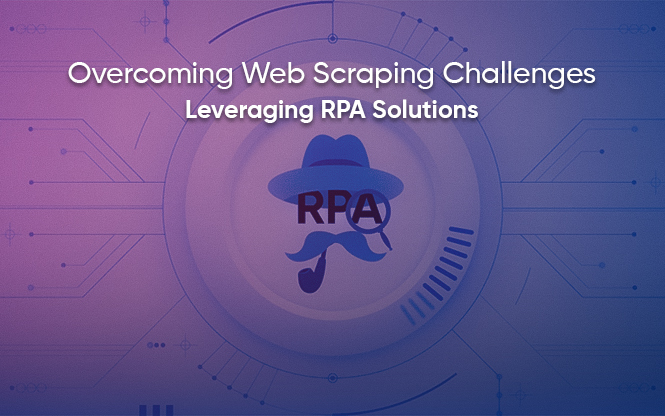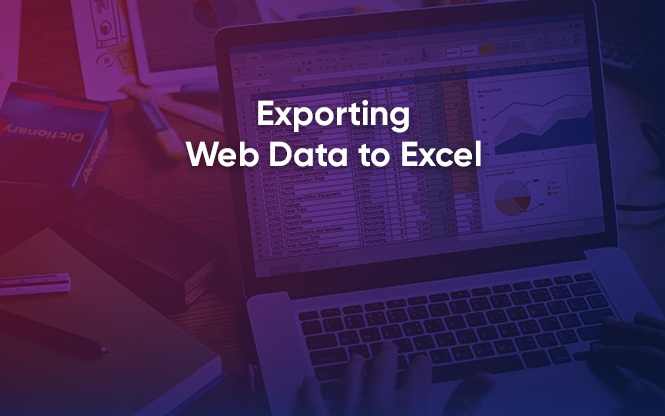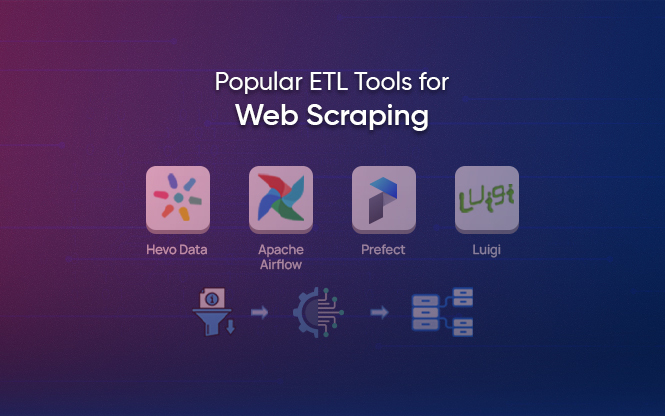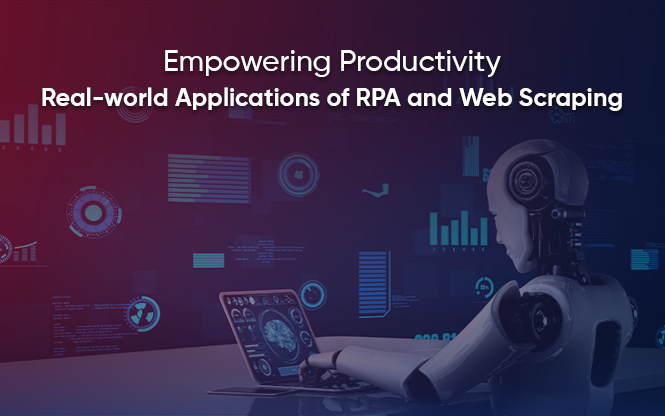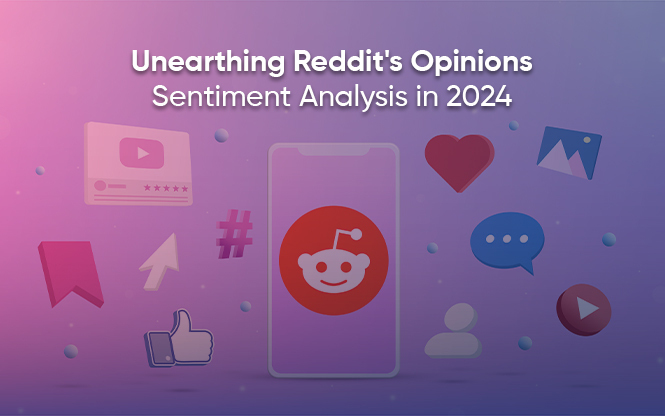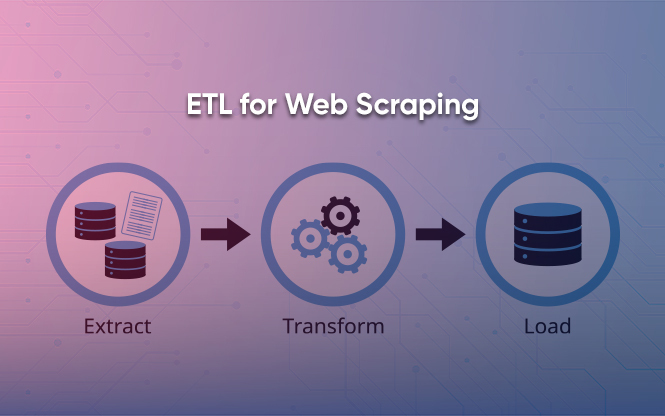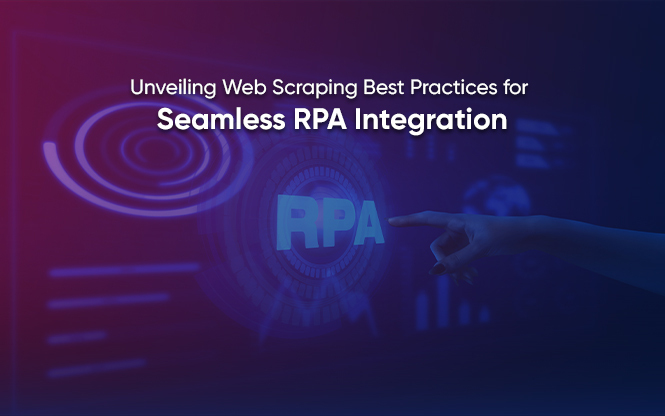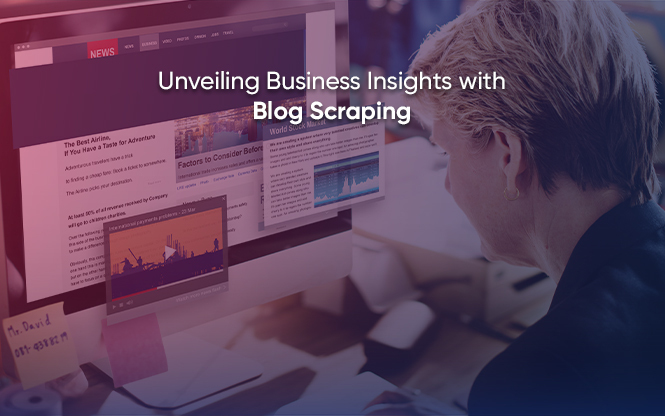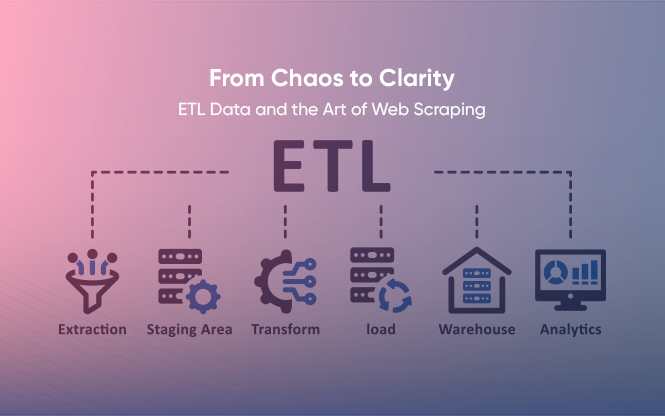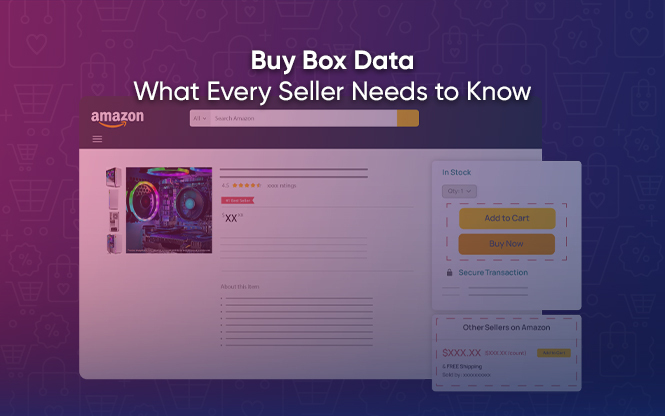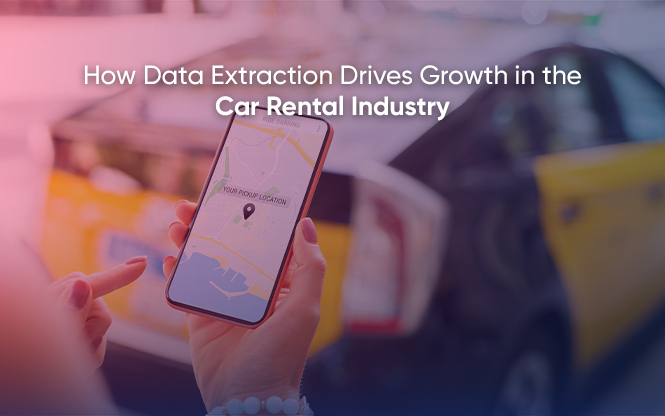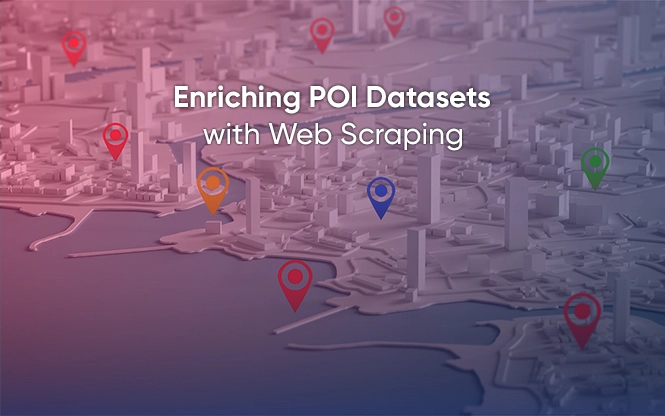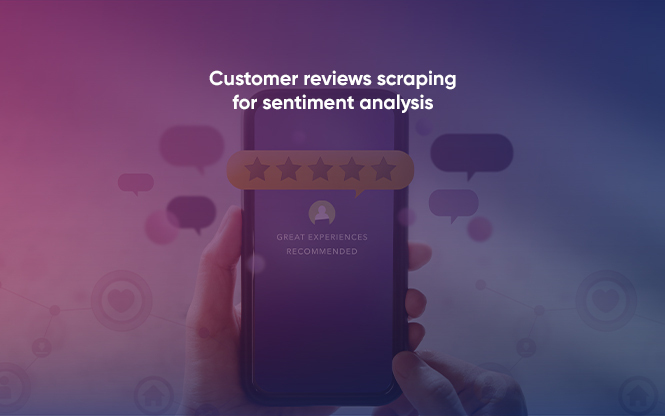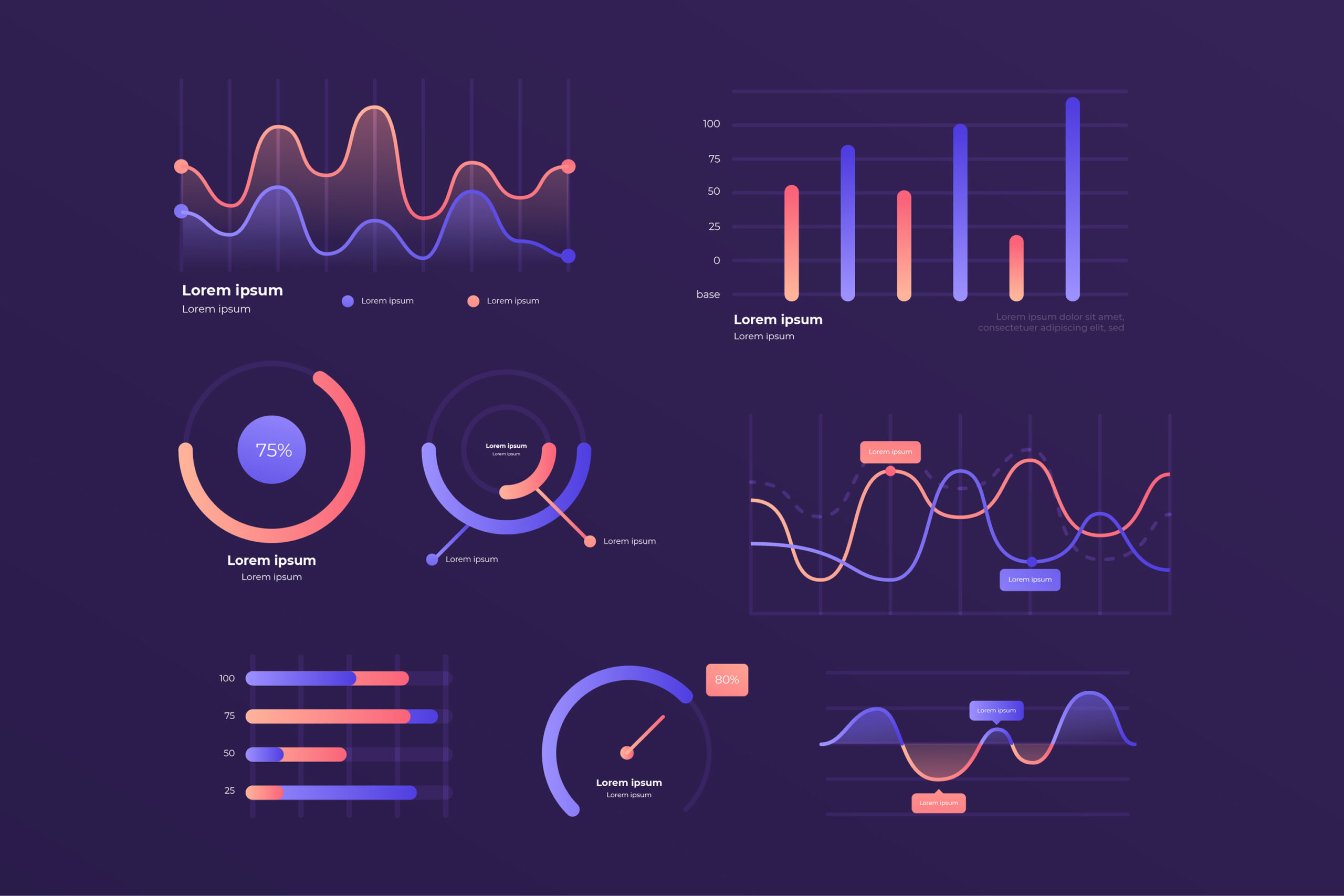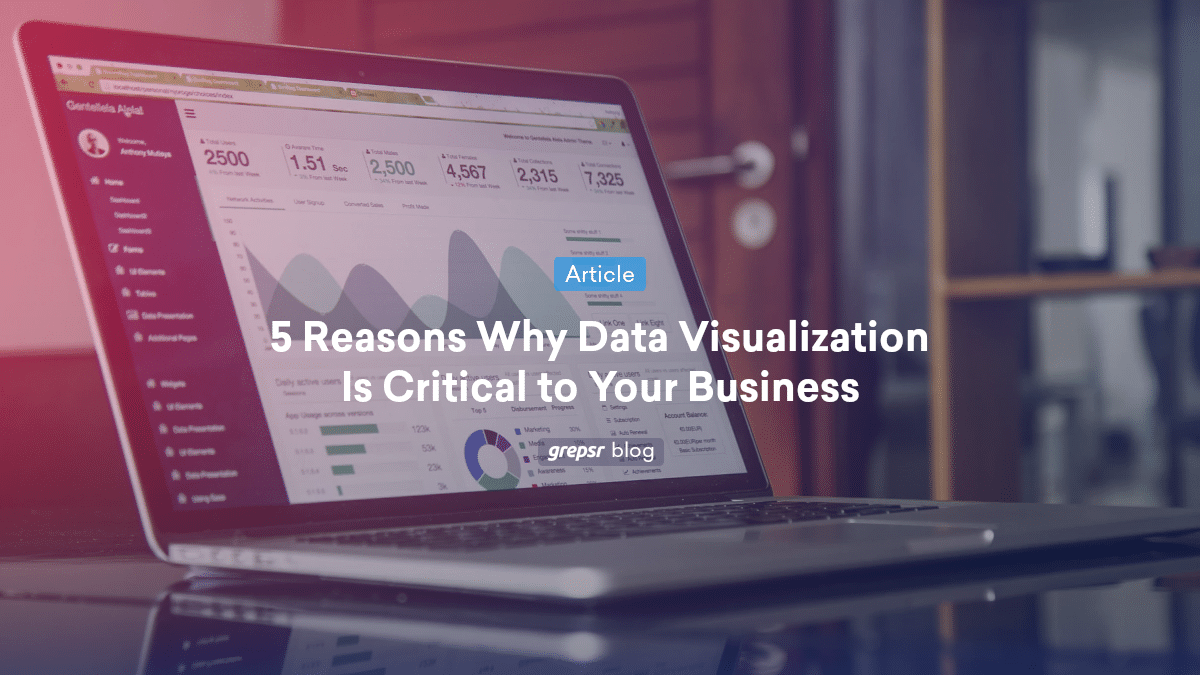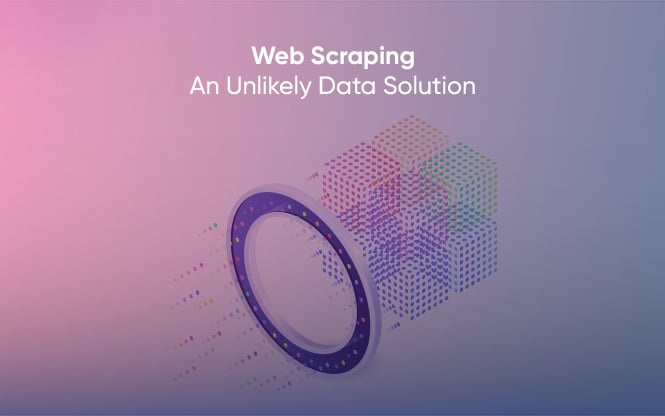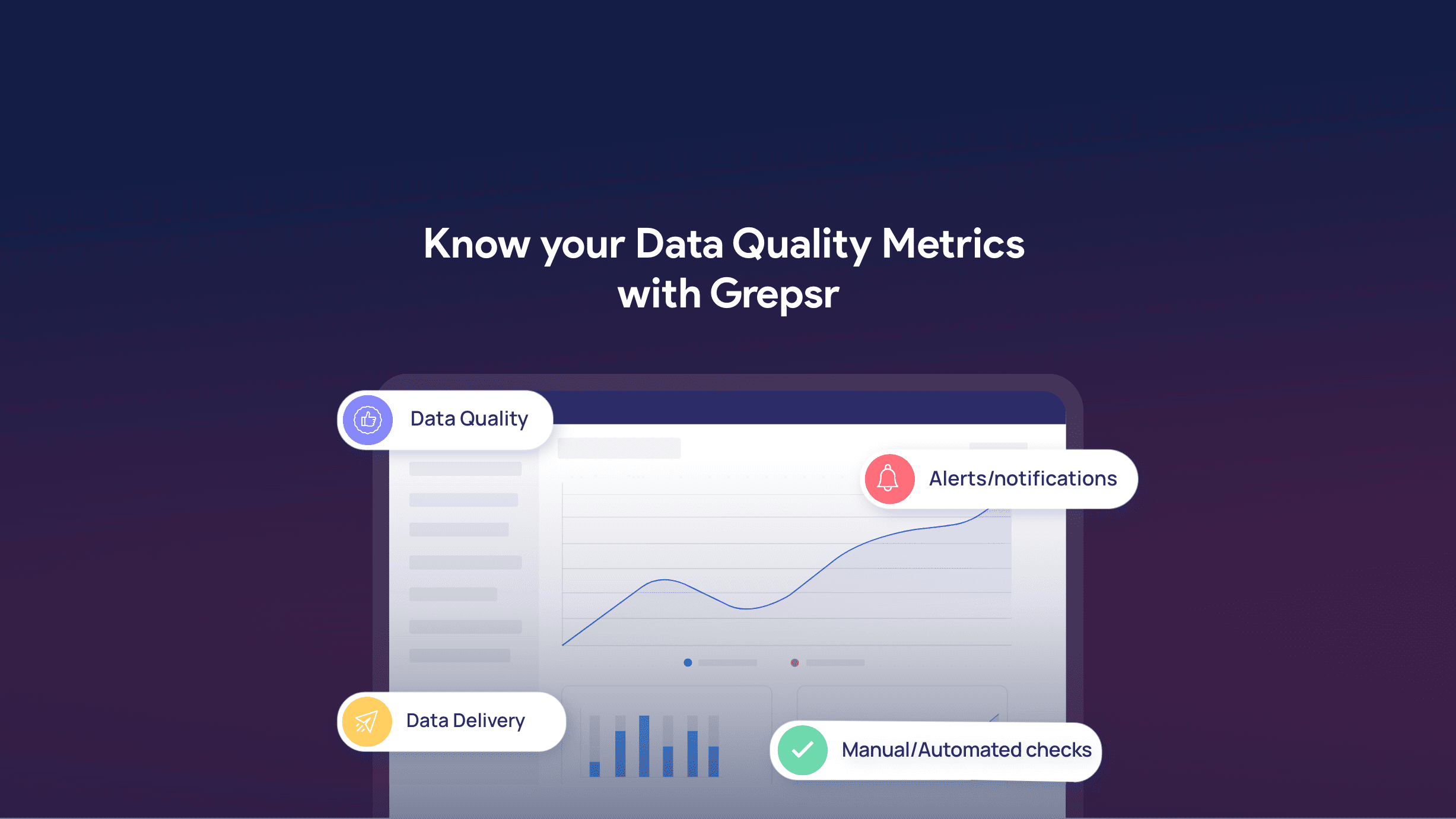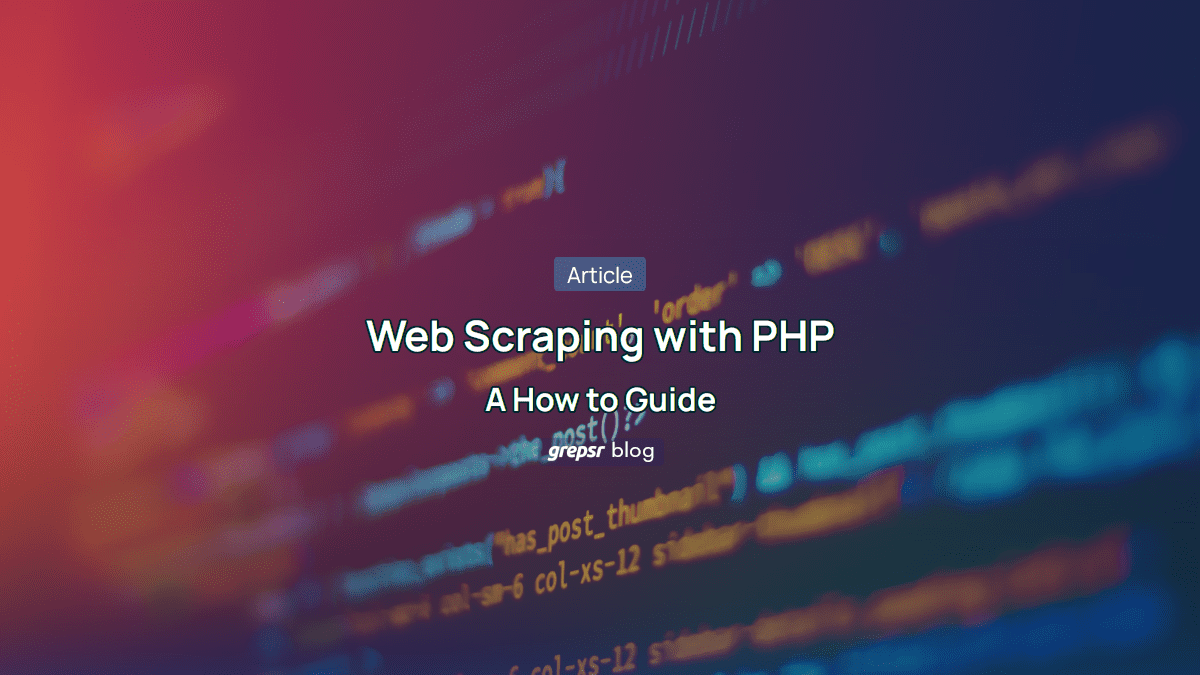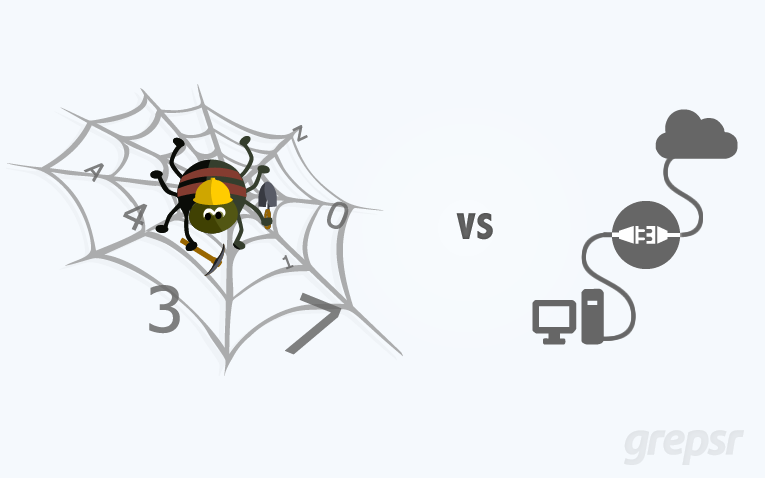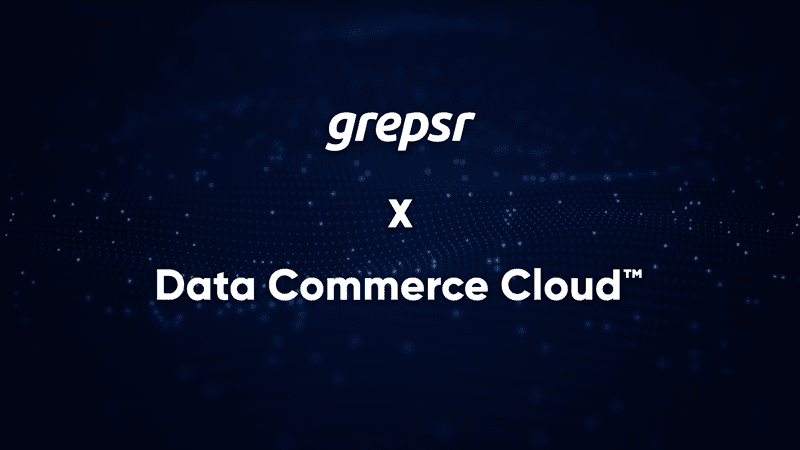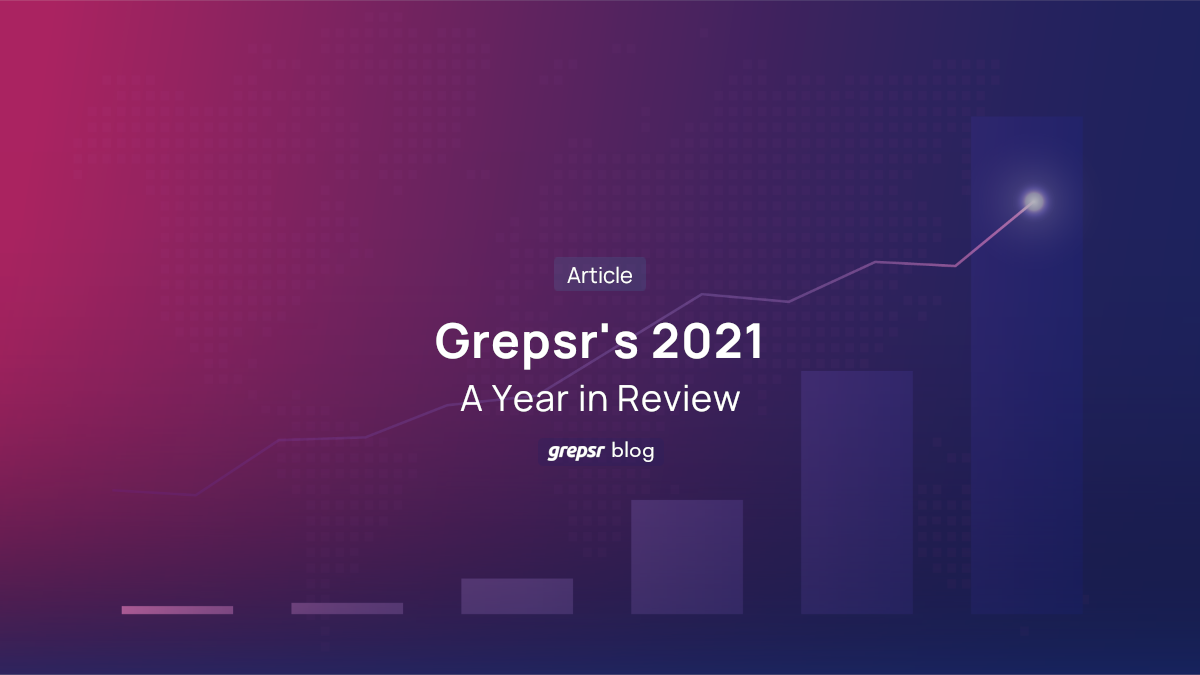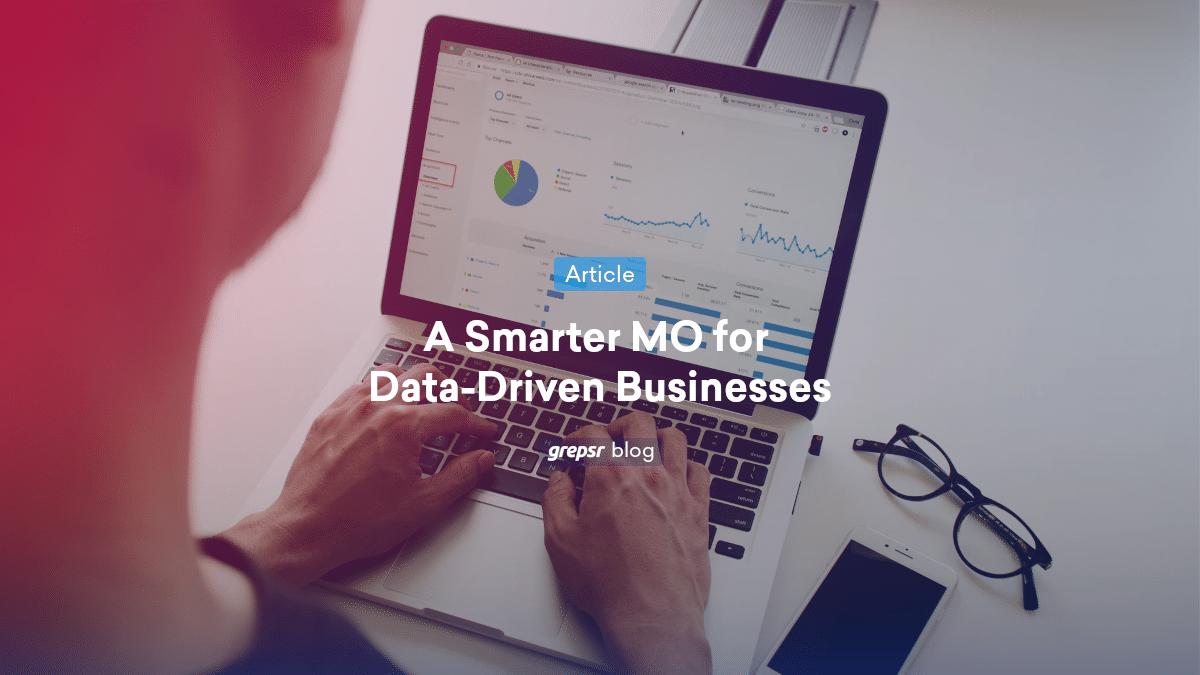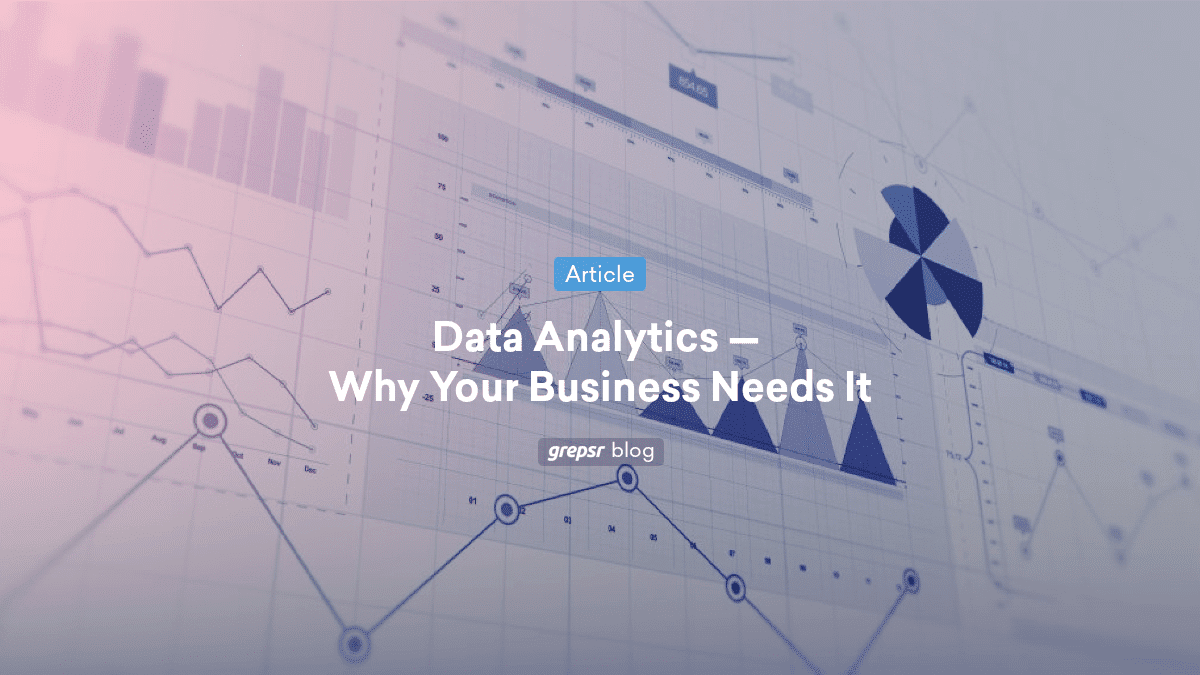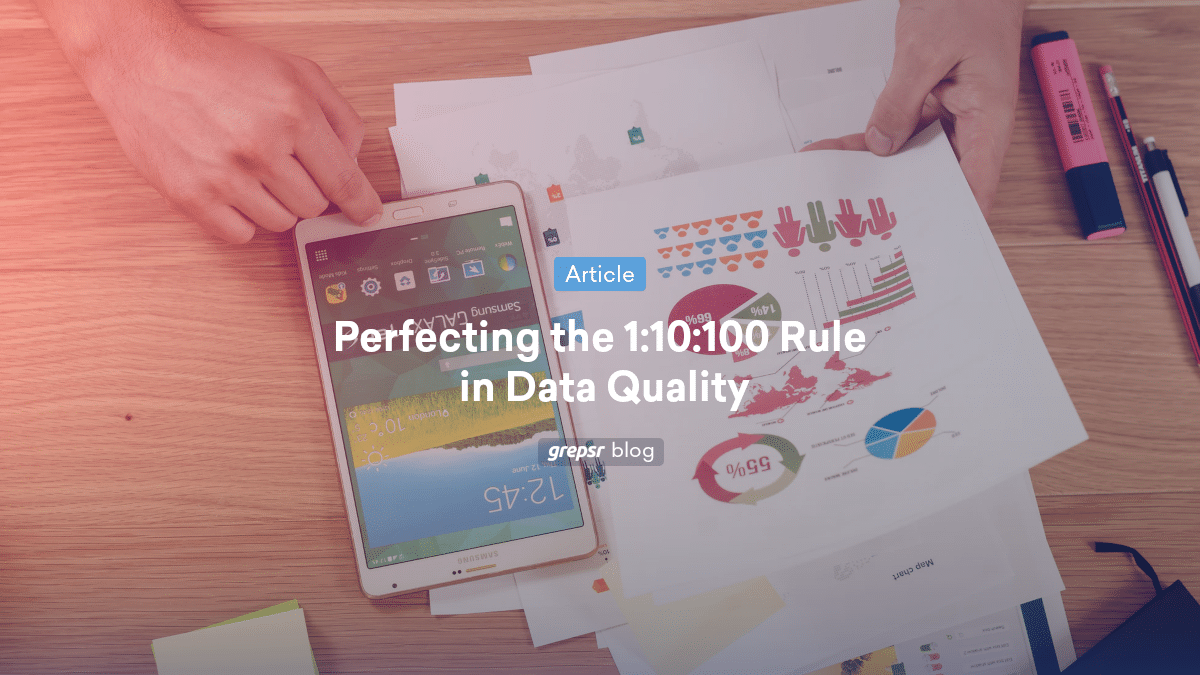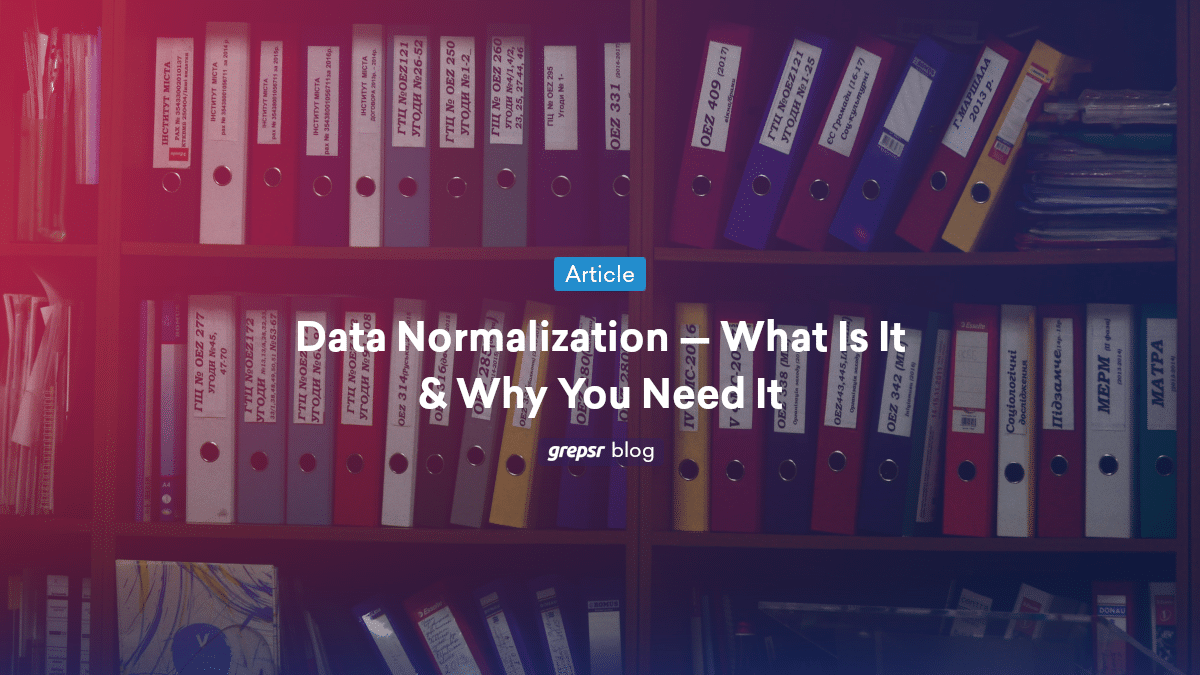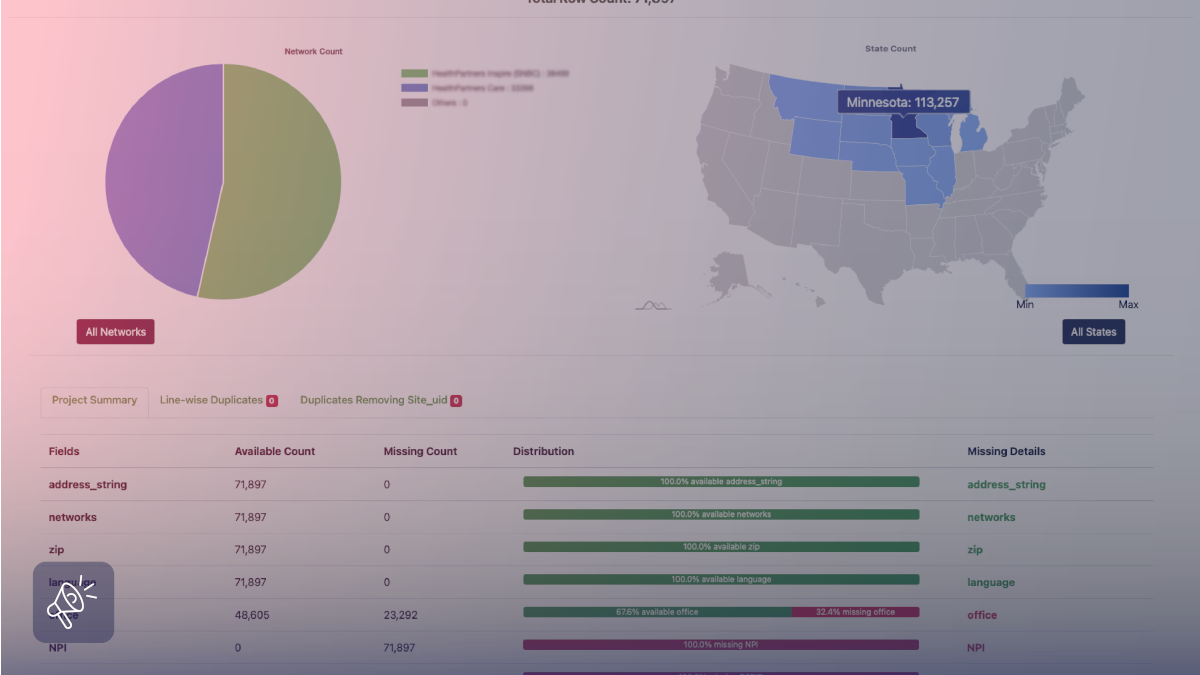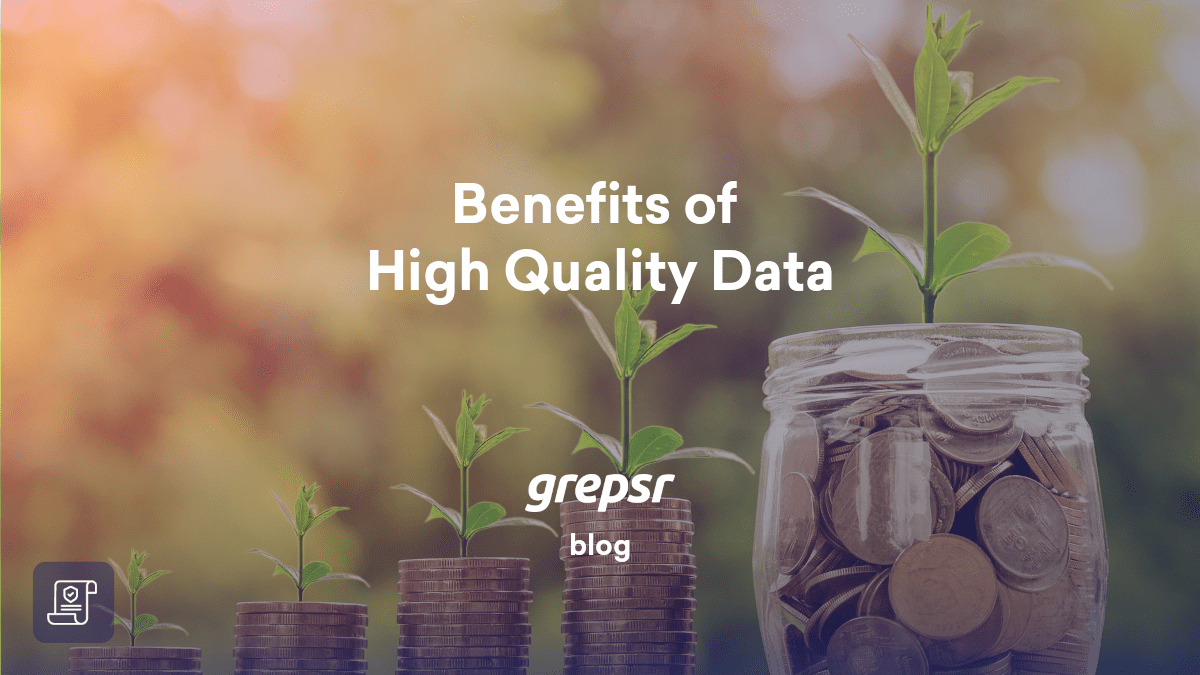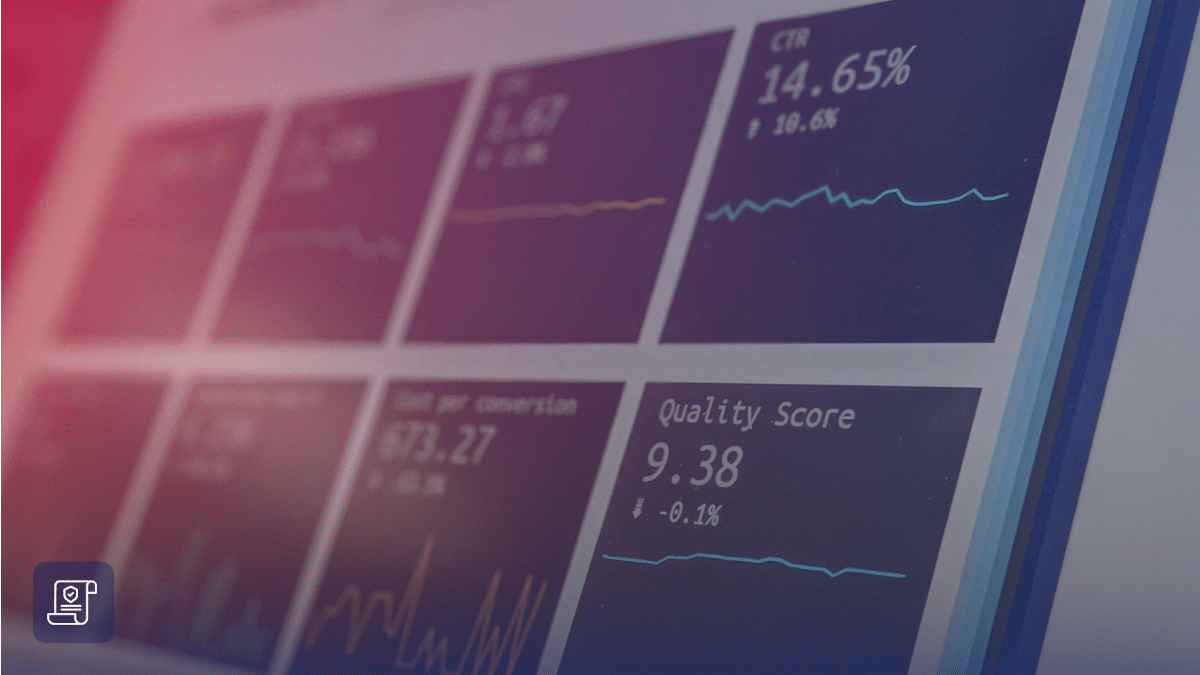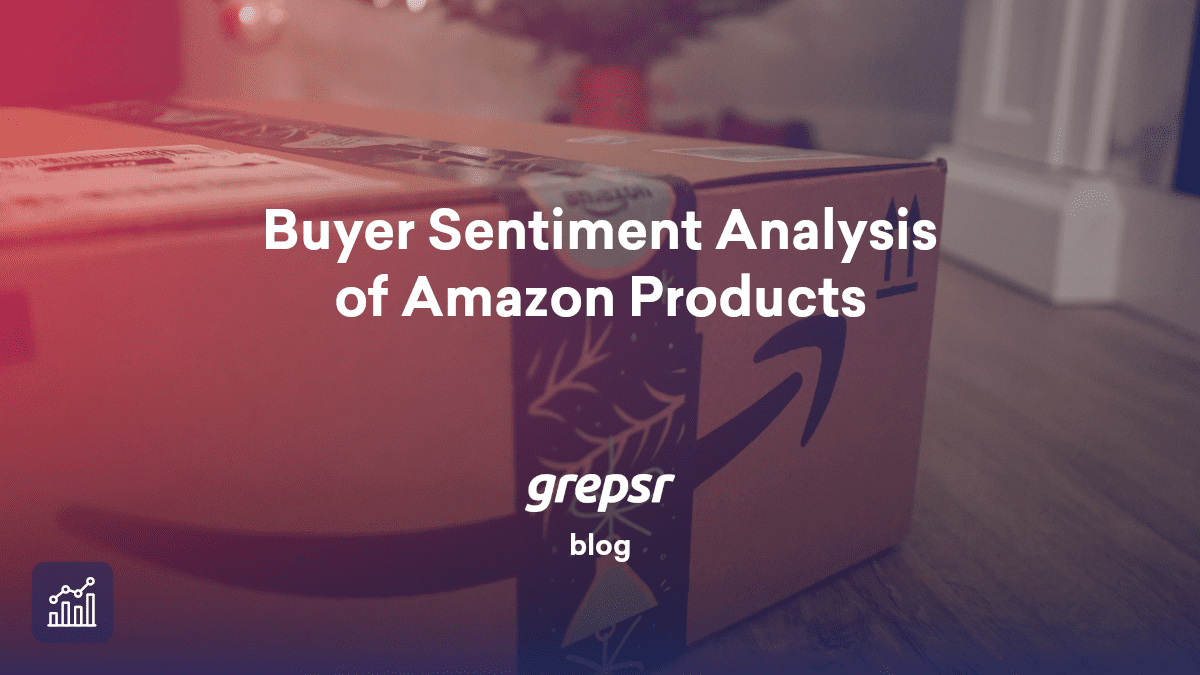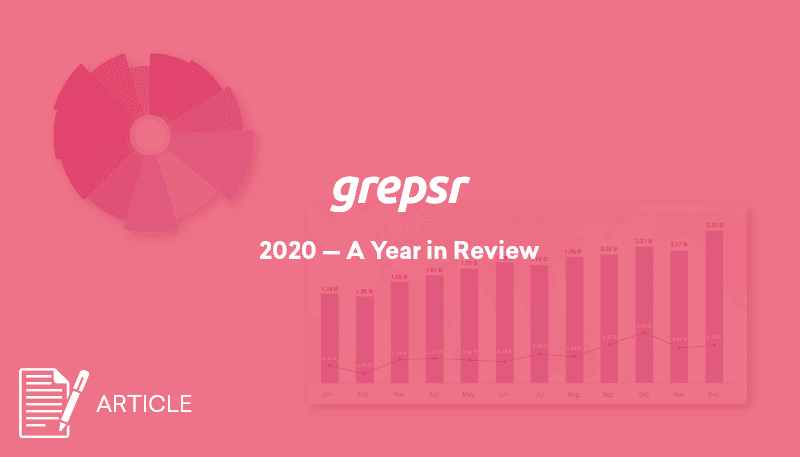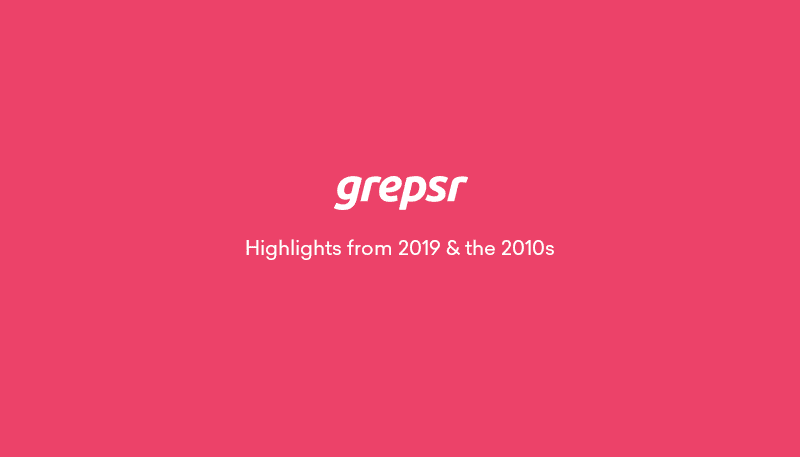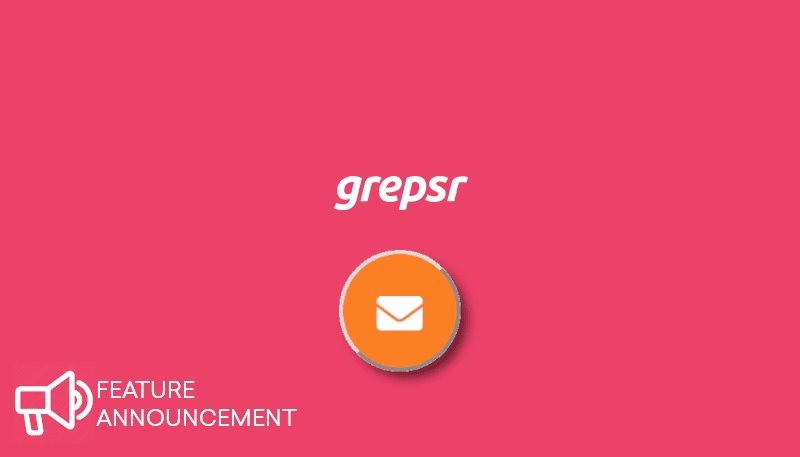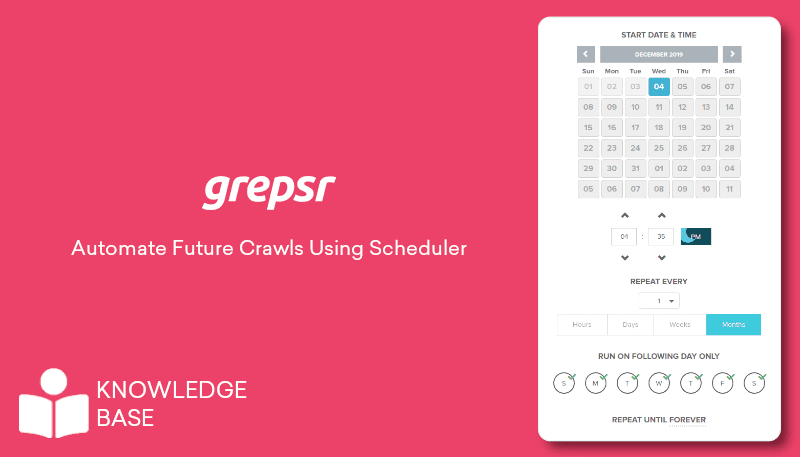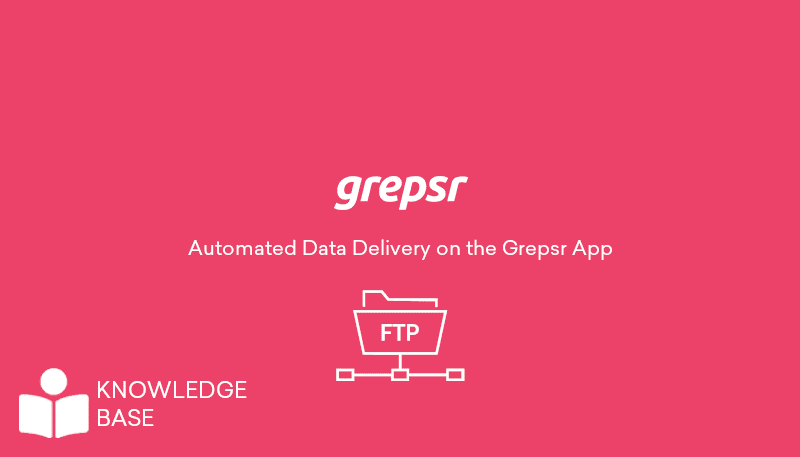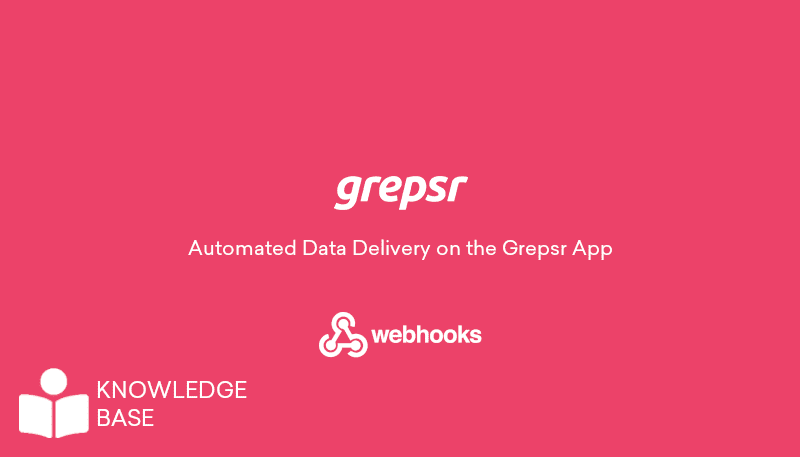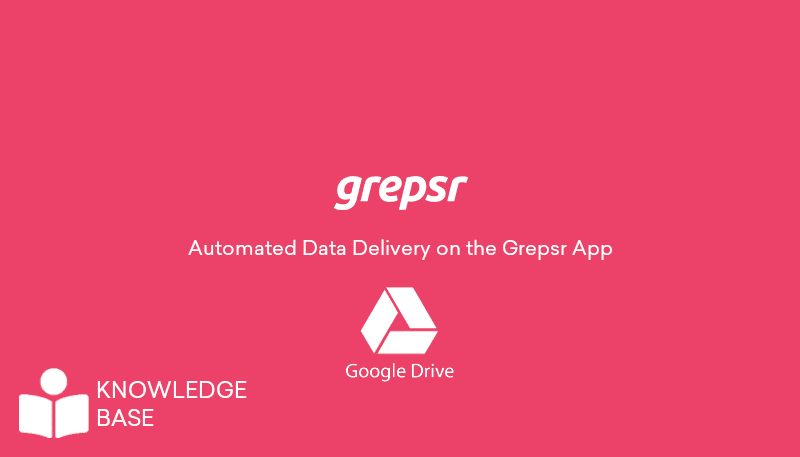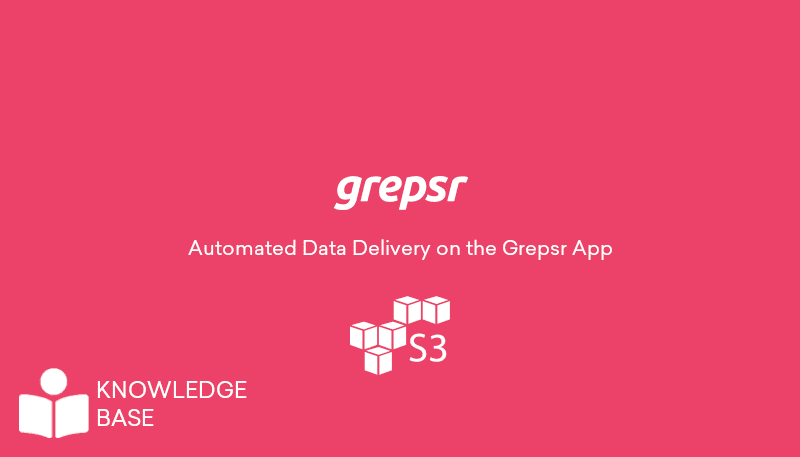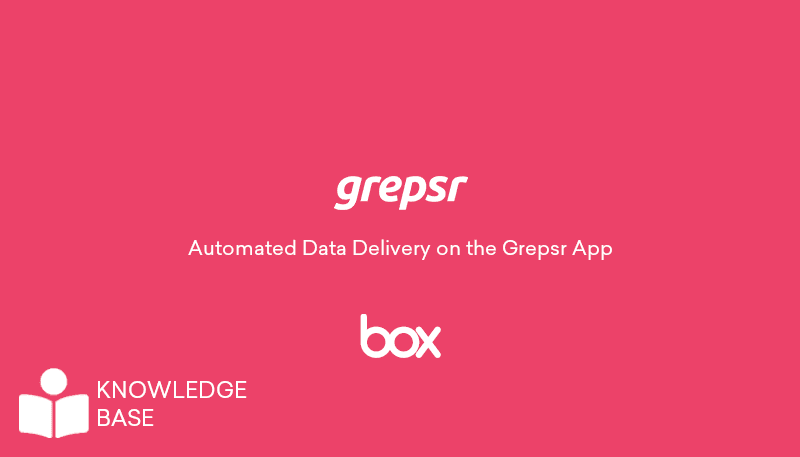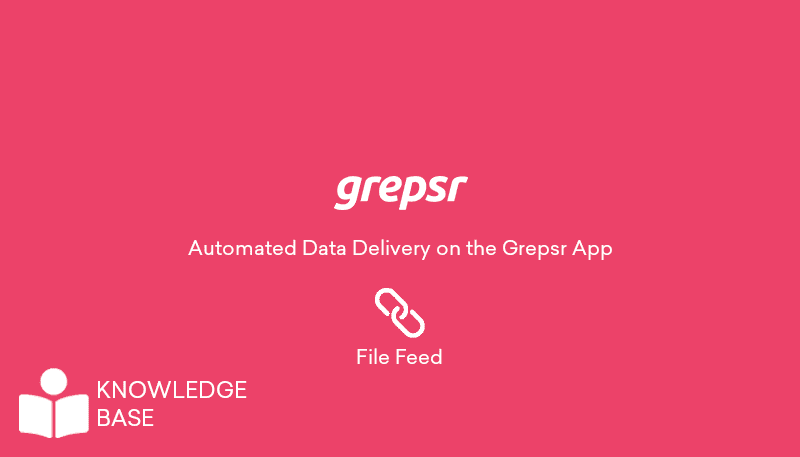We know your business thrives on data, but are you confident about its quality? The quality of your data is not a luxury; it’s a necessity!
Being a data analyst, data scientist, and quality engineer, you already know how quickly a small error can snowball into a big business problem. One bad price, a duplicate product, or a missing field can mislead a dashboard and send a team down the wrong path.
This is why web scraping data quality should be an essential part of your plan from the start.
In this blog, we will dive into practical ways to protect web scraping data quality, how to prevent them, and how Grepsr can help you build a simple, reliable workflow so you can ensure high-quality data in web scraping projects.
Understanding Web Scraping Data Quality
Imagine opening your dashboard and trusting every number you see. That is the promise of high-quality web scraping data.
Scraping can unlock pricing, reviews, and product signals at scale; however, the value disappears when the feed is noisy or outdated. The goal is simple: collect what is genuinely on the page, in the shape your teams need, at the cadence your business expects.
Why Data Quality Matters?
Good data feels like a tailwind. Analysts explore without second-guessing, data scientists push models that behave in production, and quality engineers see fewer late-night surprises.
Focusing on web scraping data quality protects your time and your reputation. It focuses on meetings about insights, rather than fixing mismatched fields.
Clean Scraped Data: The Foundation of Reliability
You cannot build on a cracked base. Clean scraped data is that solid foundation. It means complete fields, correct types, minimal duplicates, and formats your tools already understand.
Strategies for Ensuring Clean Scraped Data
1. Automated Cleansing Tools
Put data cleansing tools in the path of every run. Normalize currencies and dates, standardize categories, and enforce required fields as data flows. Grepsr can handle these steps inside the pipeline, so cleanup does not become a separate project.
2. Freshness With Intent
Decide how fresh the data must be for each use case. Track record age and schedule recrawls accordingly. Old data can appear harmless until it steers decisions in the wrong direction.
3. Smart Filters at the Source
Keep selectors tight and add simple guards. If a price is missing or a URL fails a pattern check, flag it at extraction. Less noise in means fewer fixes later.
Data Validation in Scraping
Validation is your reality check. Data validation scraping compares what you pulled to what you expected and confirms it is ready for the next step.
Implementing Data Validation
1. Schema Validation
Write down the shape of the data you want. Required fields, types, and allowed ranges. Enforce it during extraction and again before loading. Consistency here removes countless downstream headaches.
2. Cross-Verification
Compare critical values against trusted references. Validate brand names, category trees, and currency codes. For high-impact fields like price, spot check across a second source when it matters.
3. Real-Time Validation Tools
Grepsr surfaces issues as runs happen. Early feedback allows you to adjust selectors, tweak thresholds, or quarantine suspect rows without halting the process.
The Role of Data Cleansing Tools
Cleansing turns raw pages into analysis-ready rows. The best data cleansing tools are always on, not just used during a big cleanup sprint.
Top Data Cleansing Practices
1. Continuous Deduplication
Use stable keys such as the domain, the canonical URL, plus the SKU. Add fuzzy checks for titles when SKUs are missing to prevent variants from inflating your counts.
2. Lightweight Anomaly Detection
Simple models or rules can flag odd spikes in price, rating, or stock status. These nudges guide reviewers to the right places fast.
3. Grepsr’s Approach
Grepsr bakes normalization, deduplication, and anomaly checks into the pipeline. That keeps quality high and frees your team to focus on analysis.
Ensuring Scraping Accuracy
Scraping accuracy asks a simple question. Does the record reflect the page at the moment you collected it? When the answer is yes, teams trust the feed and adopt it widely.
Techniques for Maximizing Scraping Accuracy
- Target Stable Elements
Choose selectors that are less likely to change. Favor canonical attributes and avoid brittle paths that break with small layout shifts. - Monitor and Adjust
Track field completeness, success rates, and DOM changes. Minor markup tweaks can cause significant data errors. Continuous monitoring keeps you aligned with the source. - Scale Without Losing Control
As you add sites, pages, and regions, the number of edge cases increases. Grepsr’s orchestration helps keep accuracy steady as projects grow.
How Grepsr Enhances Web Scraping Data Quality
Grepsr helps ensure high-quality data in web scraping projects by turning careful practice into simple defaults.
- End-to-End Automation
Collection, validation, cleansing, and delivery occur in a single flow, which reduces handoffs and standard errors. - Customizable Controls
Tune schemas, thresholds, and rules to align with your business logic and compliance requirements. - Expert Support
Work with specialists who understand complex sources and production SLAs, so you ship reliable feeds sooner.
Conclusion: Your Next Steps Toward Quality Data
Strong web scraping data quality does not require heroics. It needs a steady system. Start with clean scraped data, add thoughtful data validation scraping, and keep data cleansing tools running in the background. That is how you move faster, argue less, and make decisions with confidence.
See what this looks like in practice in our case studies. Ready to map a plan for your use case. Reach out and let us help you shape a pipeline you can trust.
Frequently Asked Questions – Web Scraping Data Quality
1) What is web scraping data quality?
It is the accuracy, consistency, and reliability of data collected from websites, so teams can analyze it without heavy cleanup.
2) How do I keep clean scraped data over time?
Automate normalization, enforce required fields, continuously deduplicate data, and set recrawl schedules that align with your business rhythm.
3) Which tools help with data validation and scraping?
Schema validators, cross-source checks, and real-time rule engines. Grepsr provides these inside the workflow.
4) Why does scraping accuracy matter so much?
Accurate records accurately reflect the page truth at the time of collection. That protects analyses, models, and decisions from silent drift.
5) Can Grepsr scale while keeping quality high?
Yes. Grepsr’s monitoring and orchestration maintain quality as you add sources and volume.






